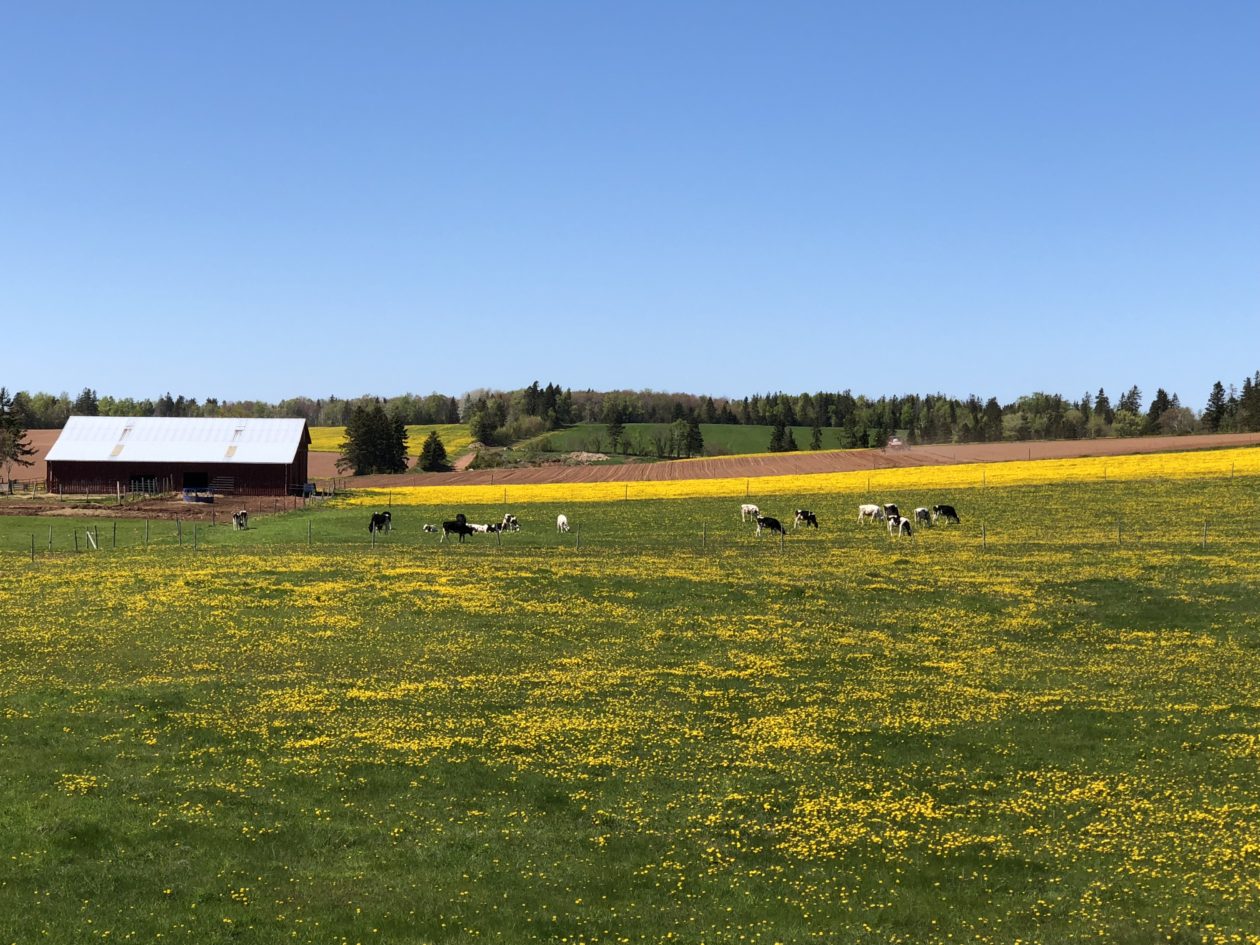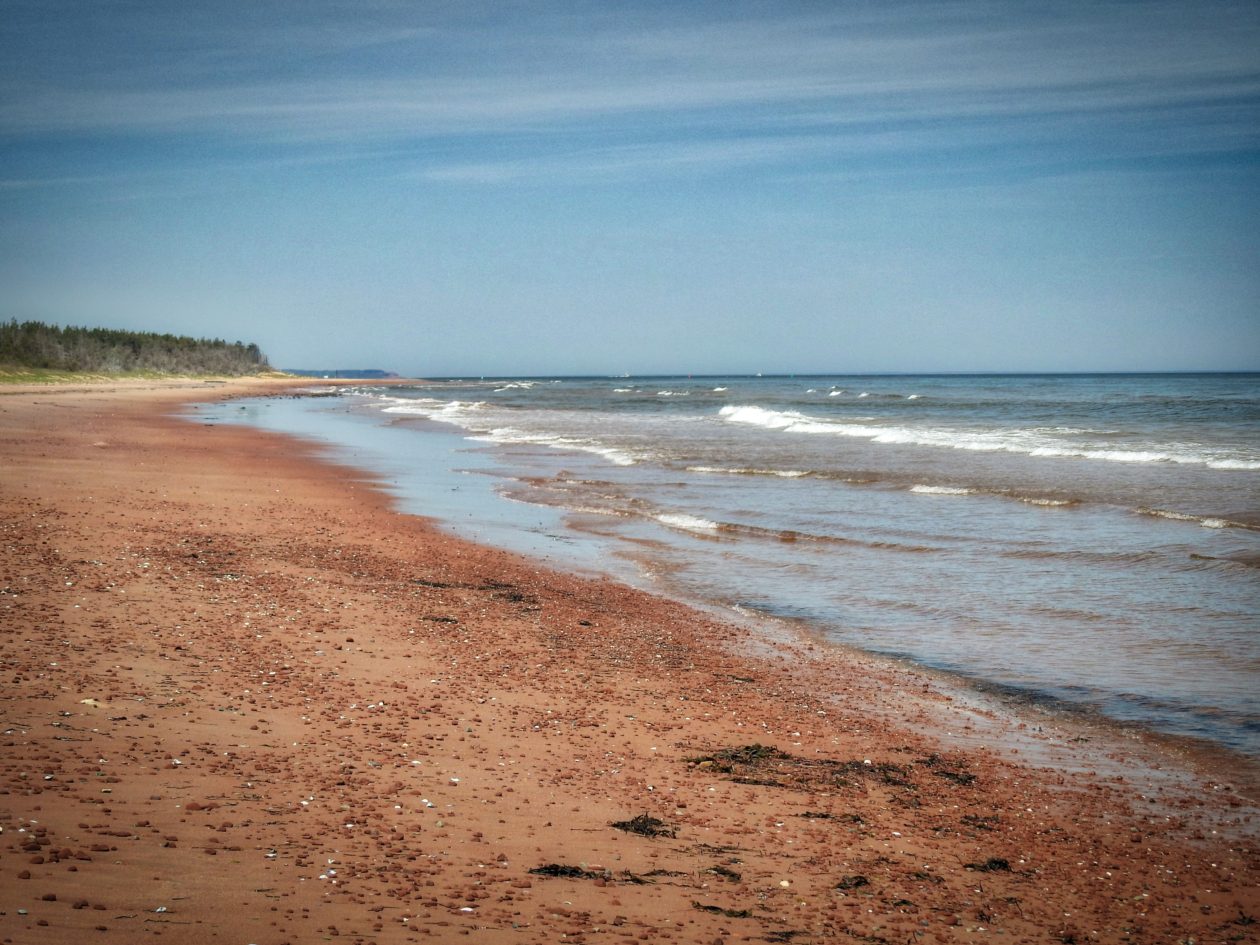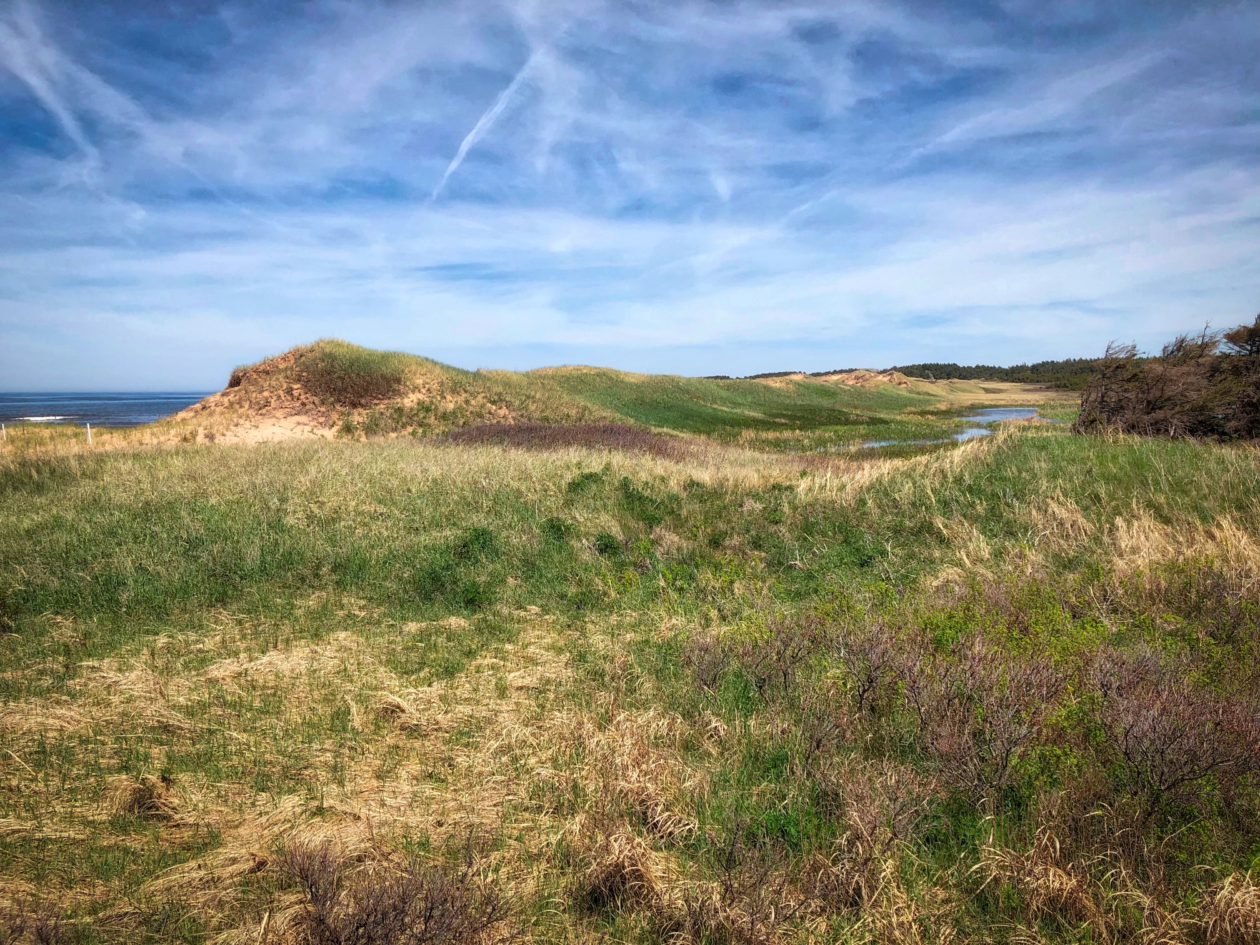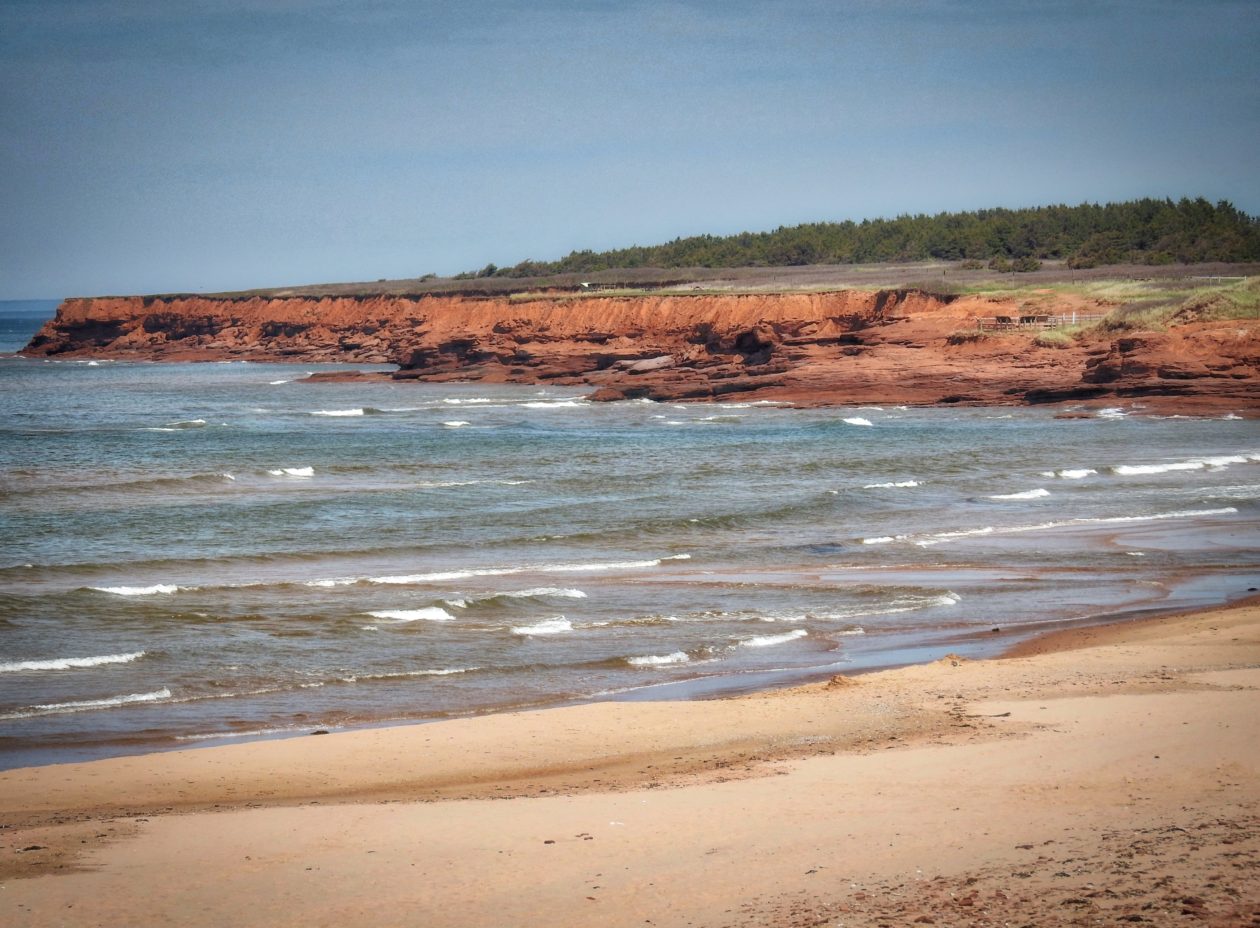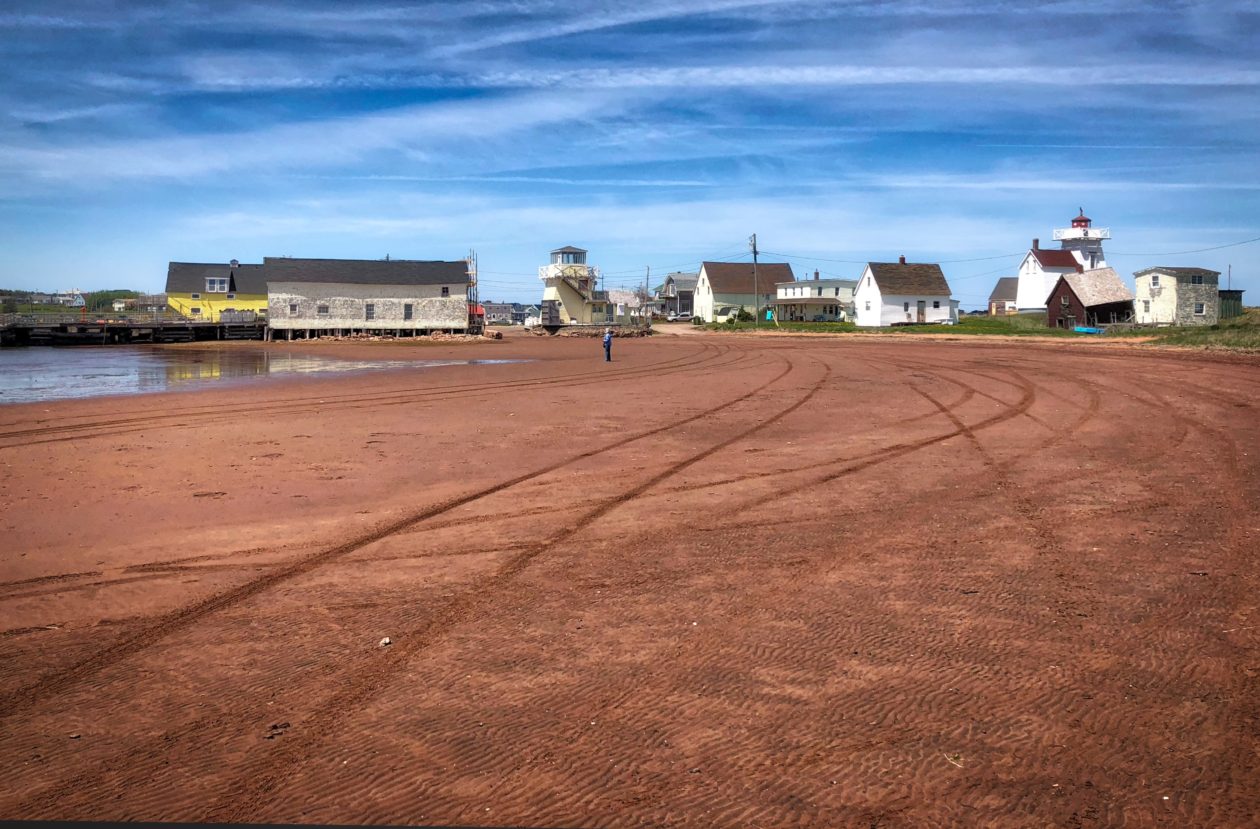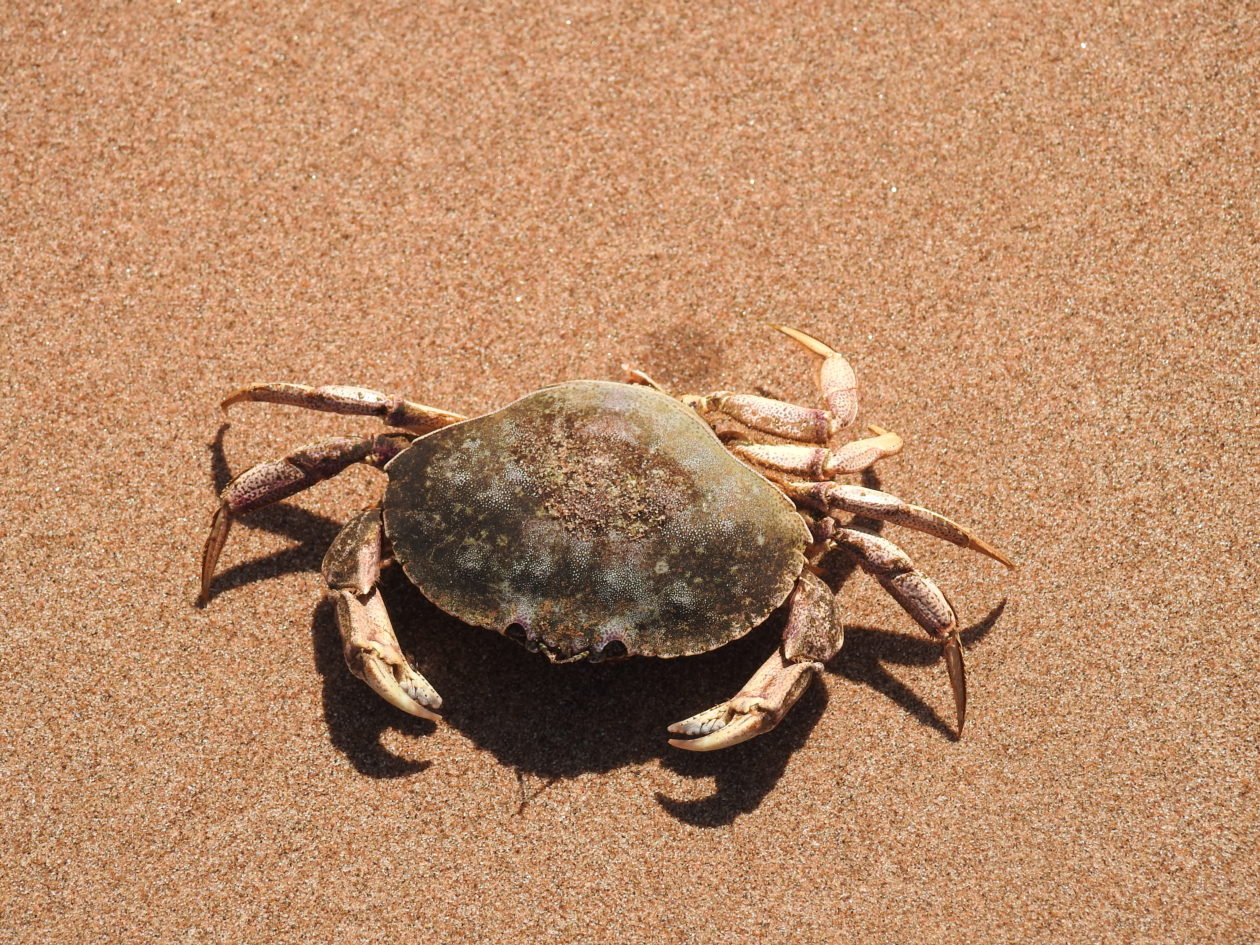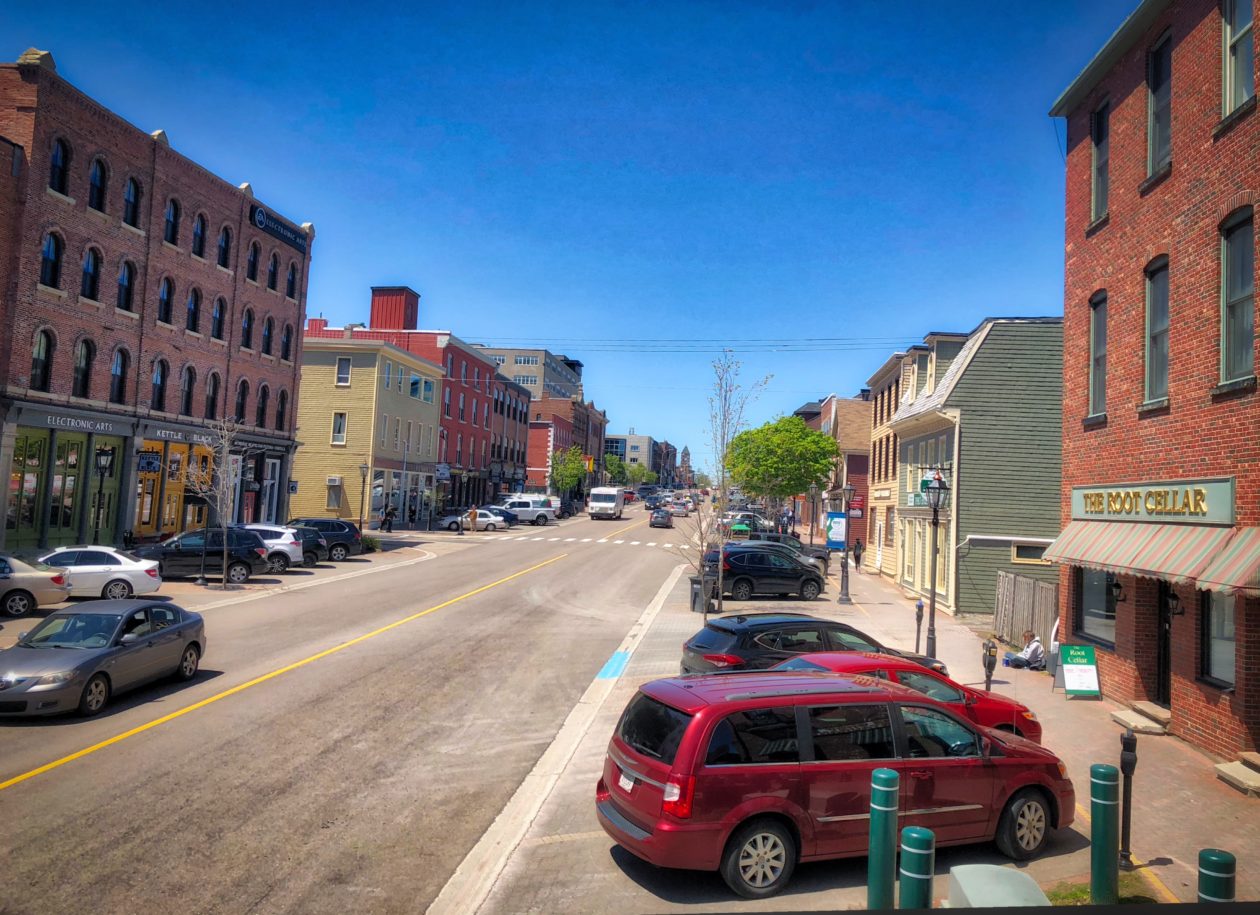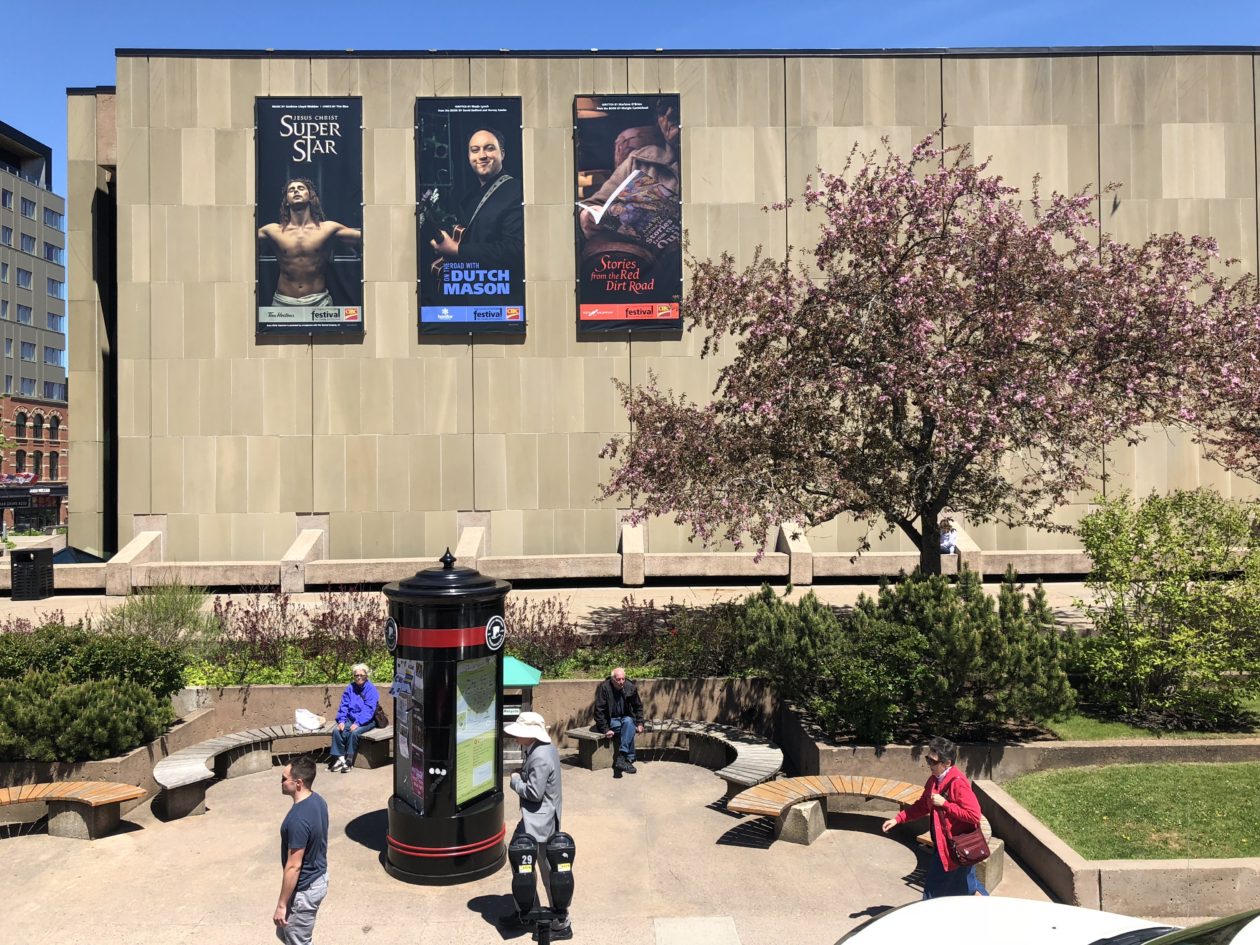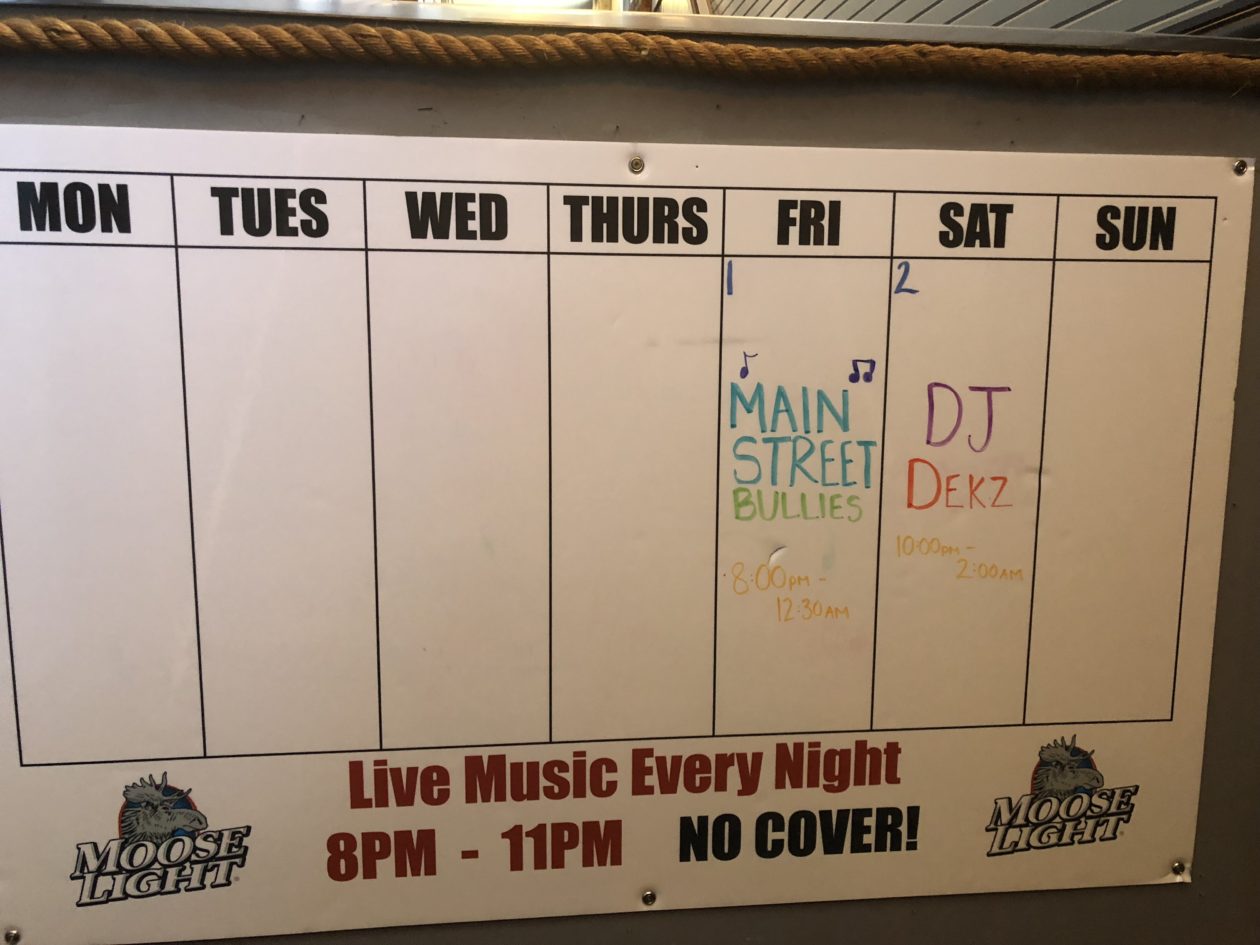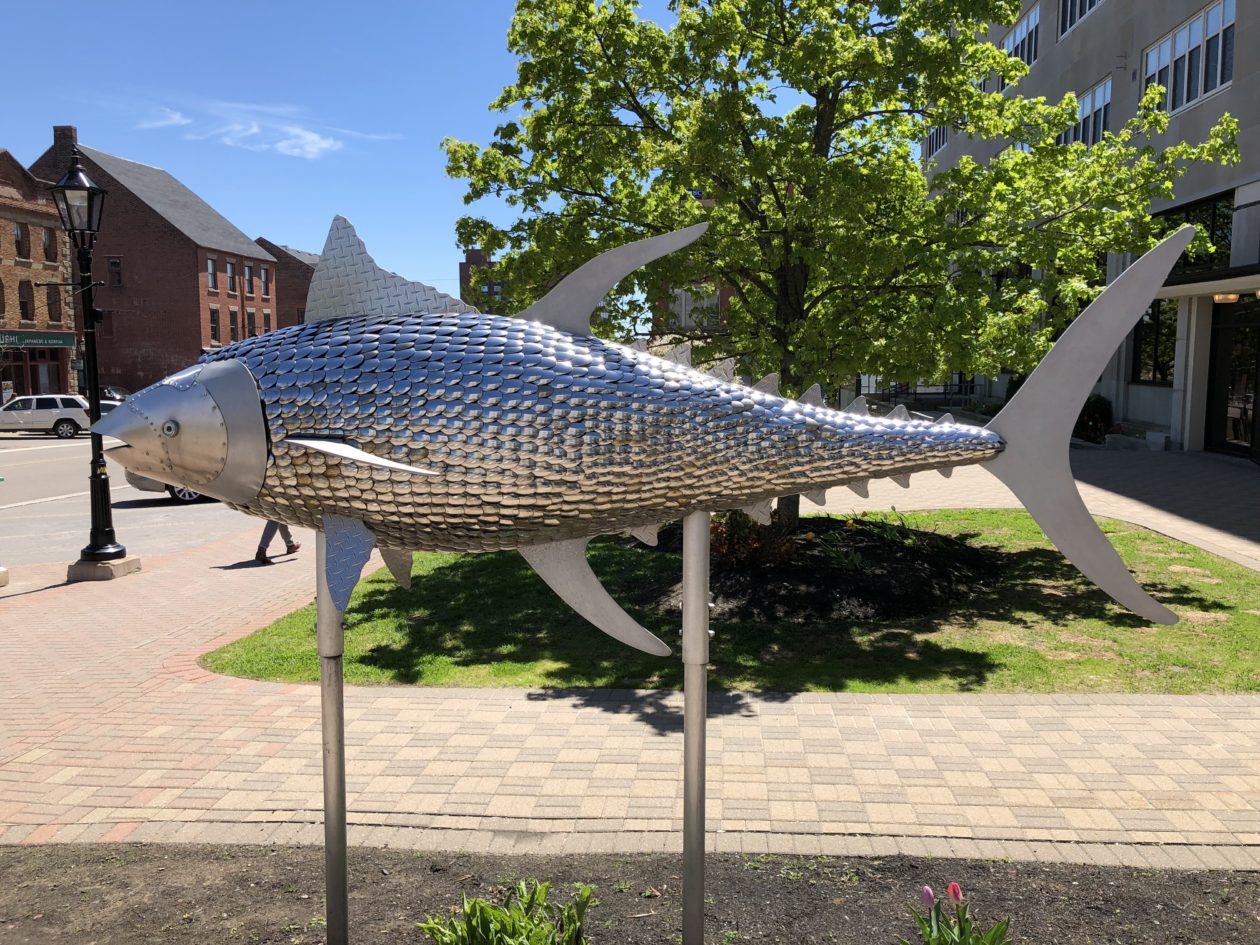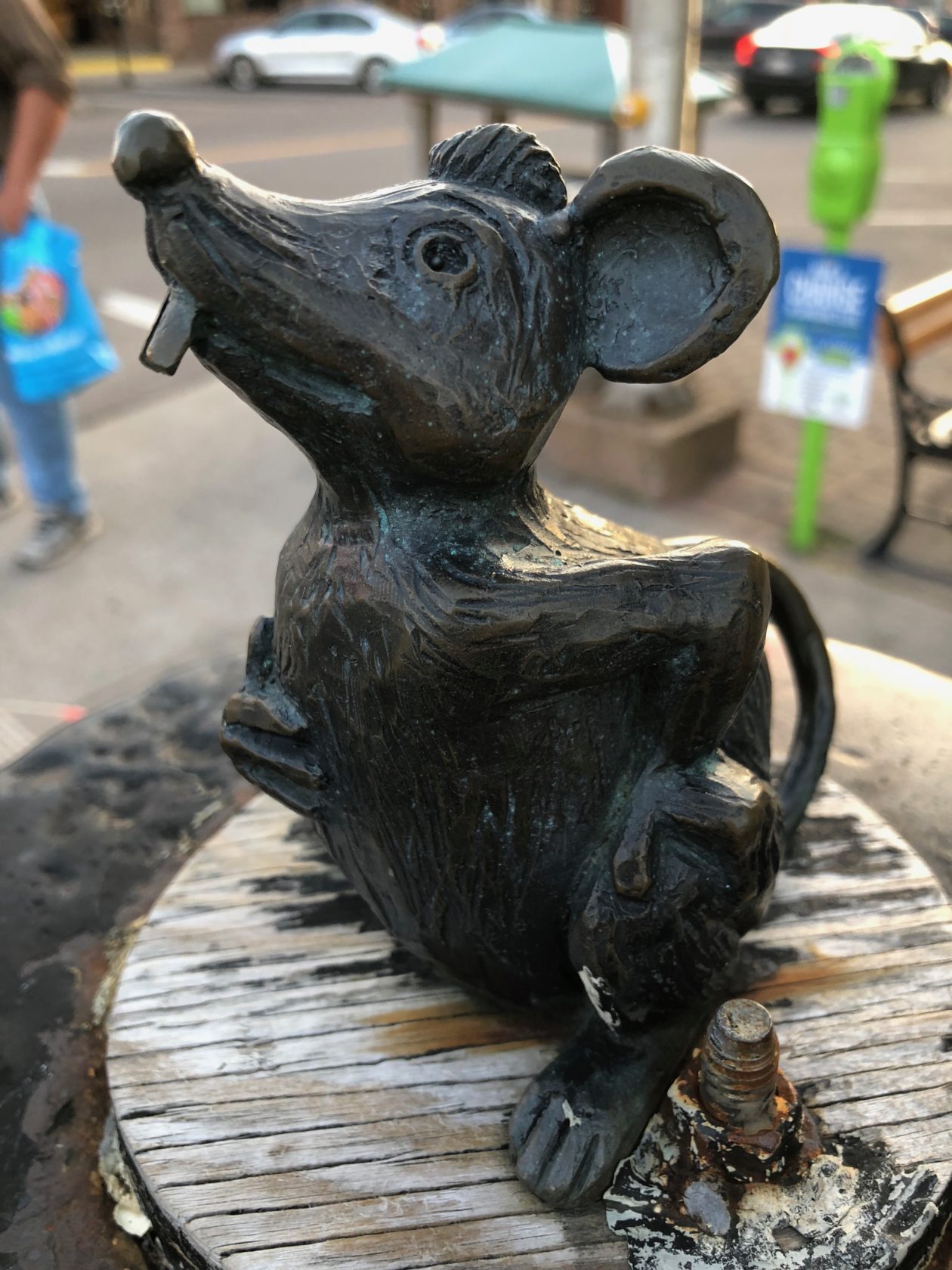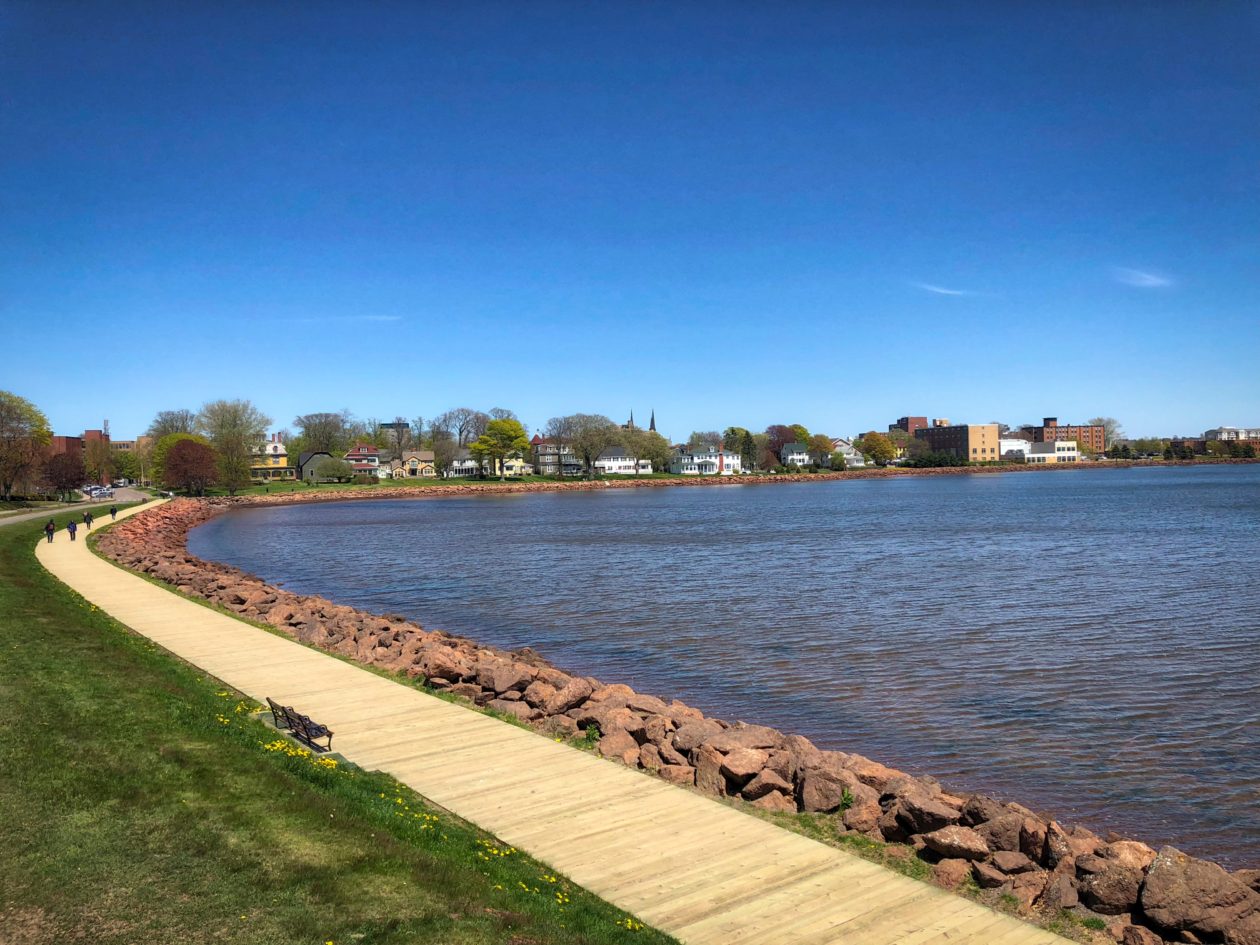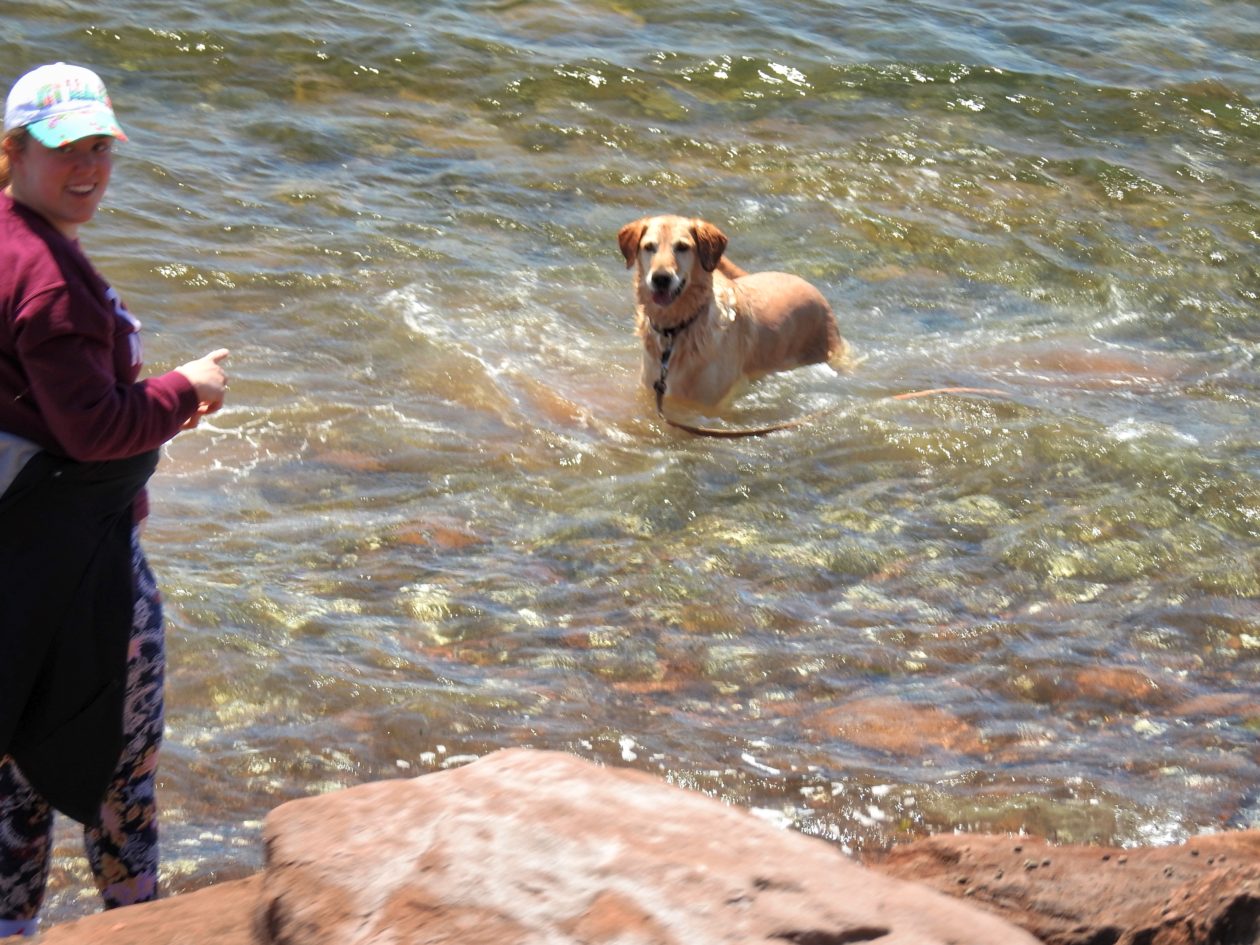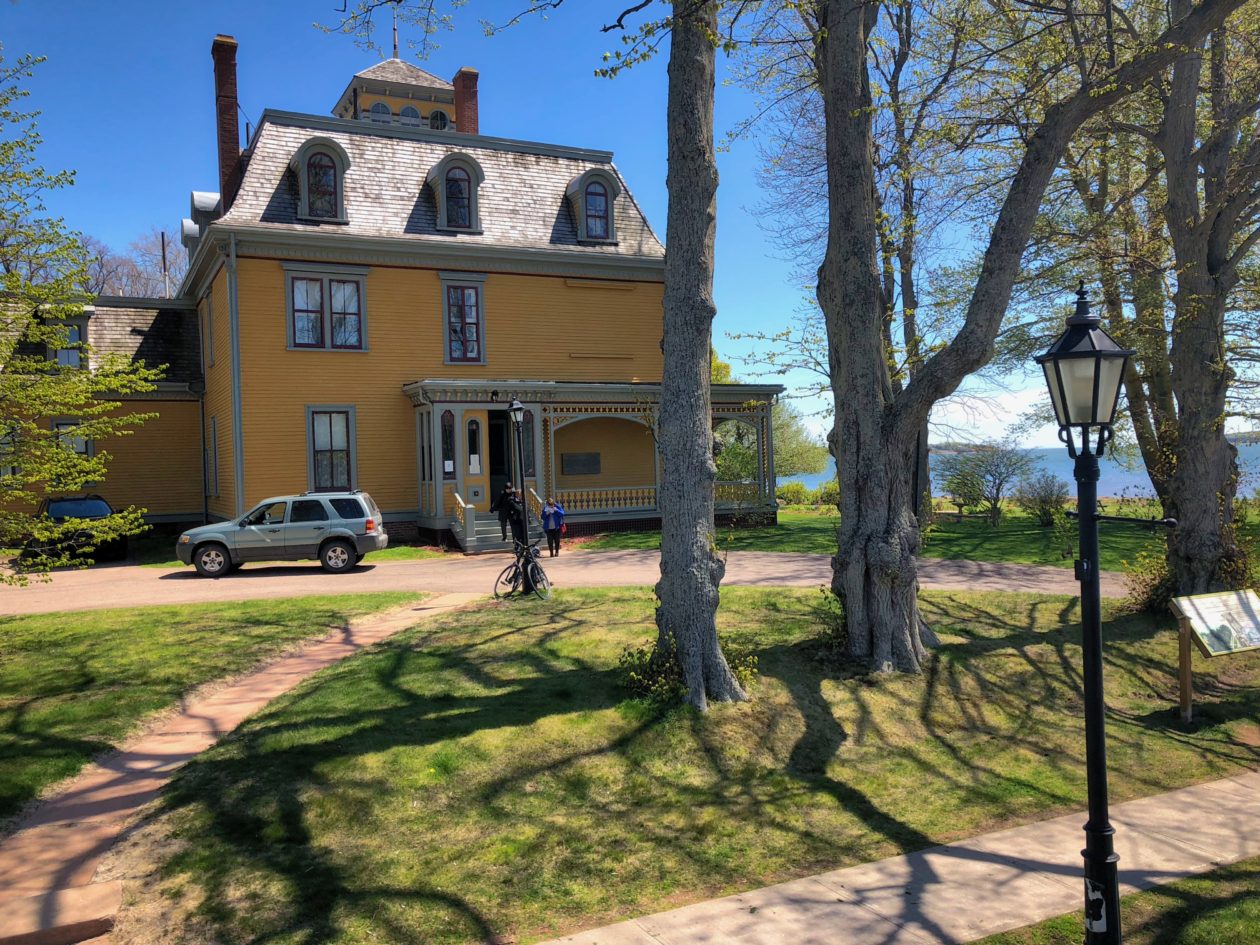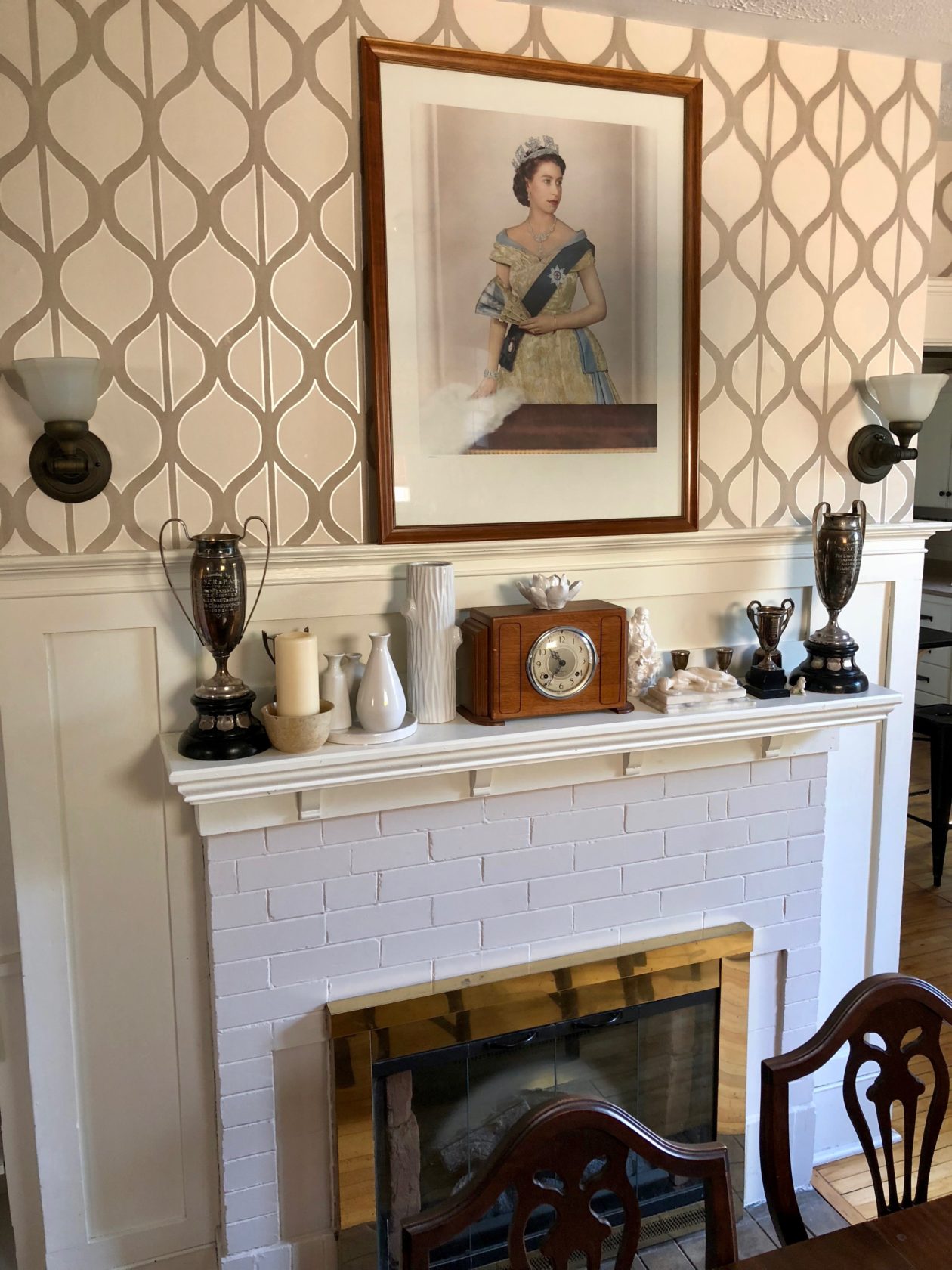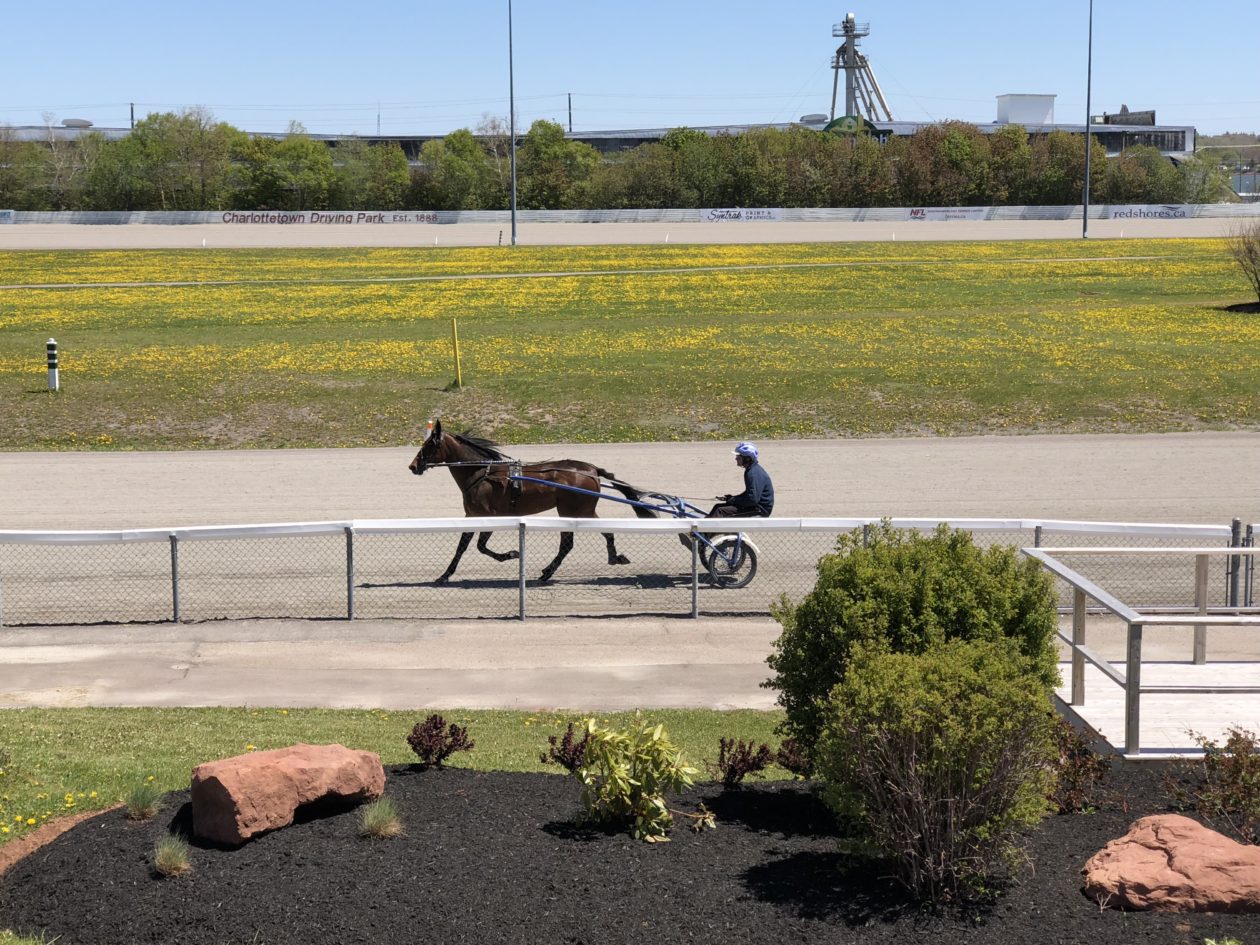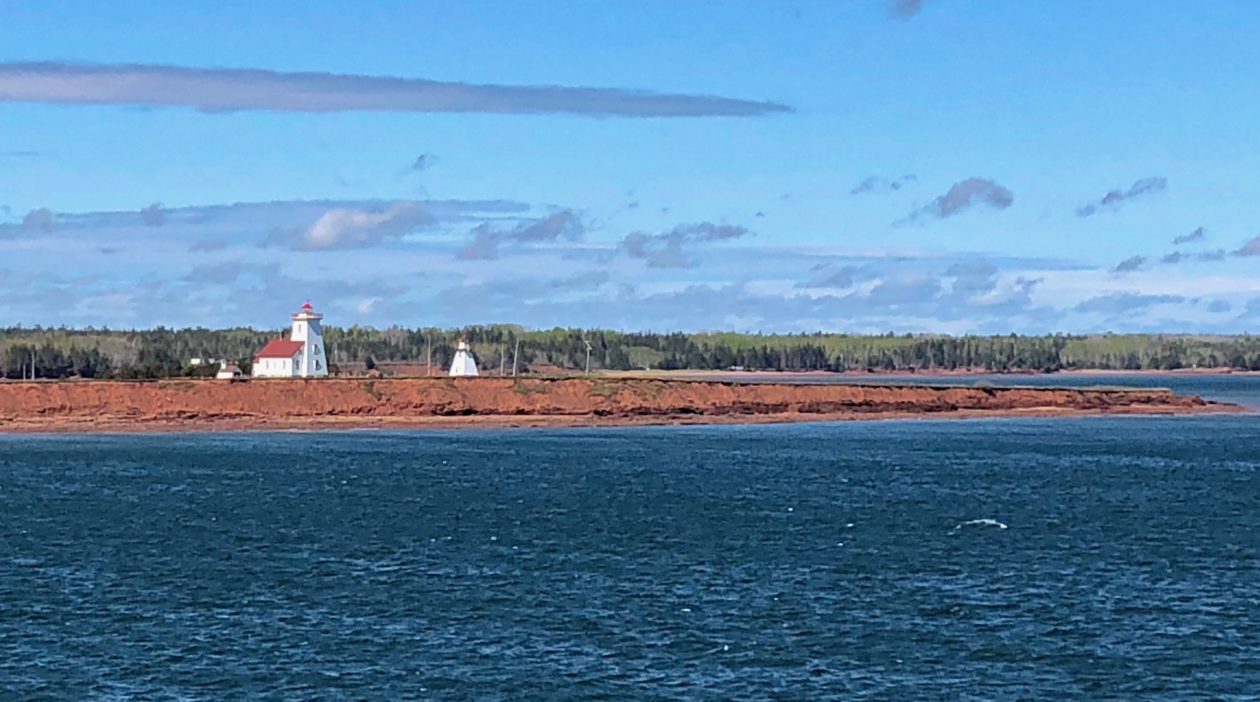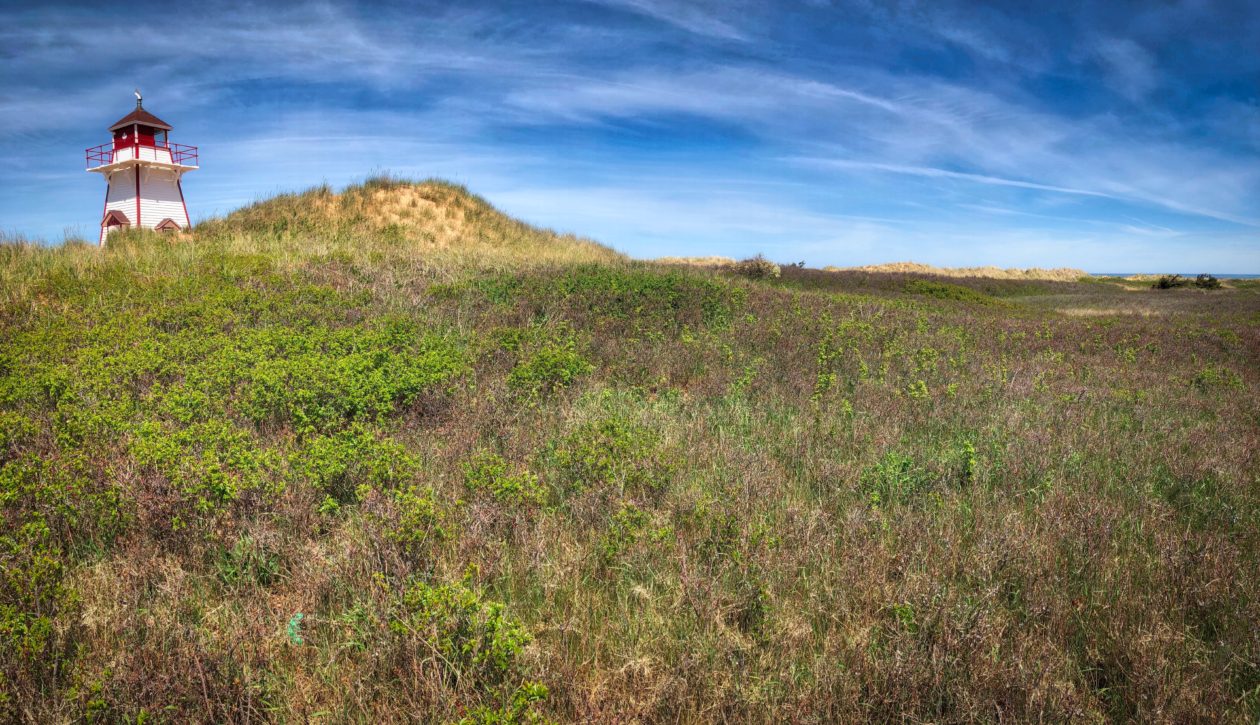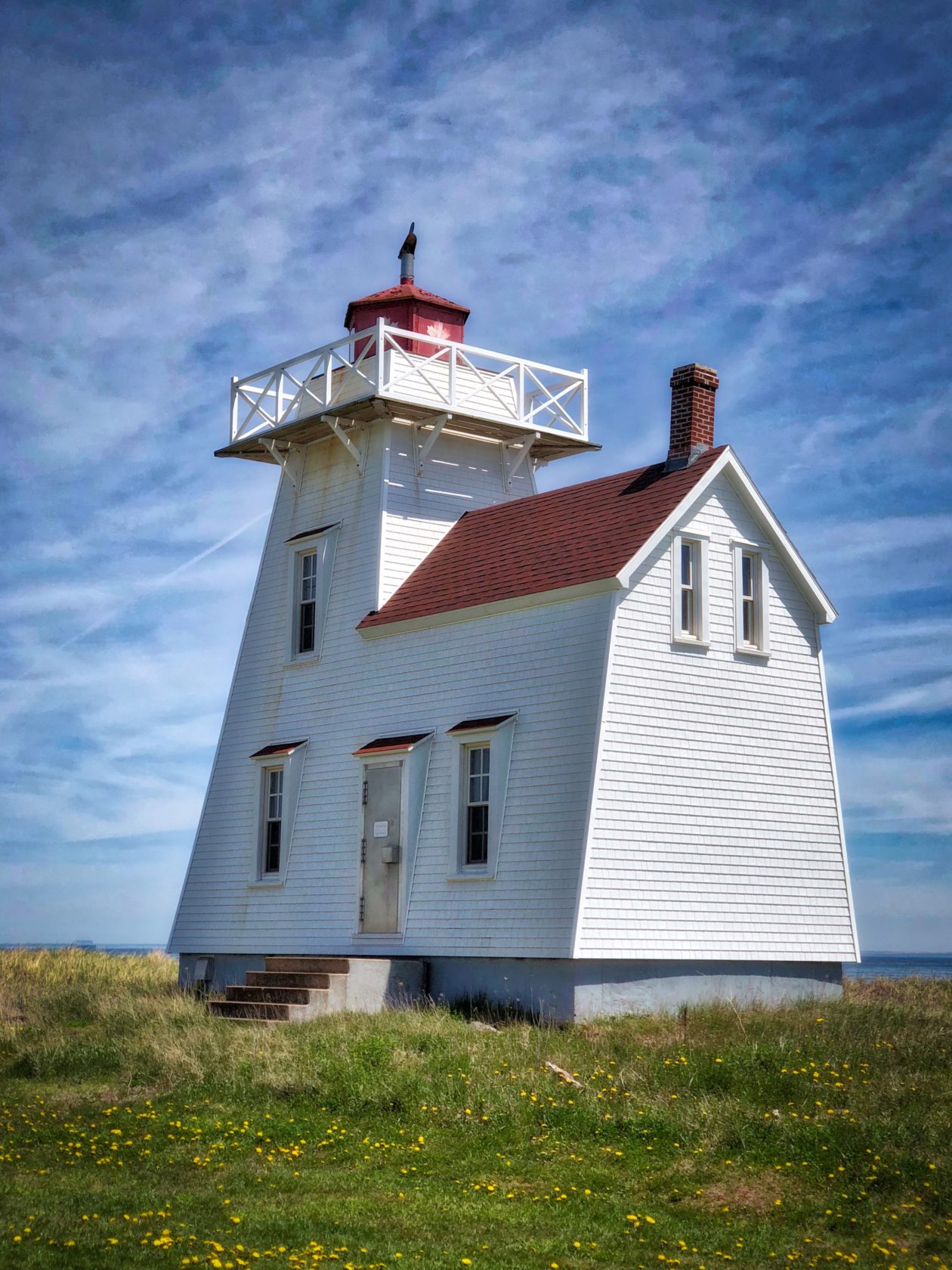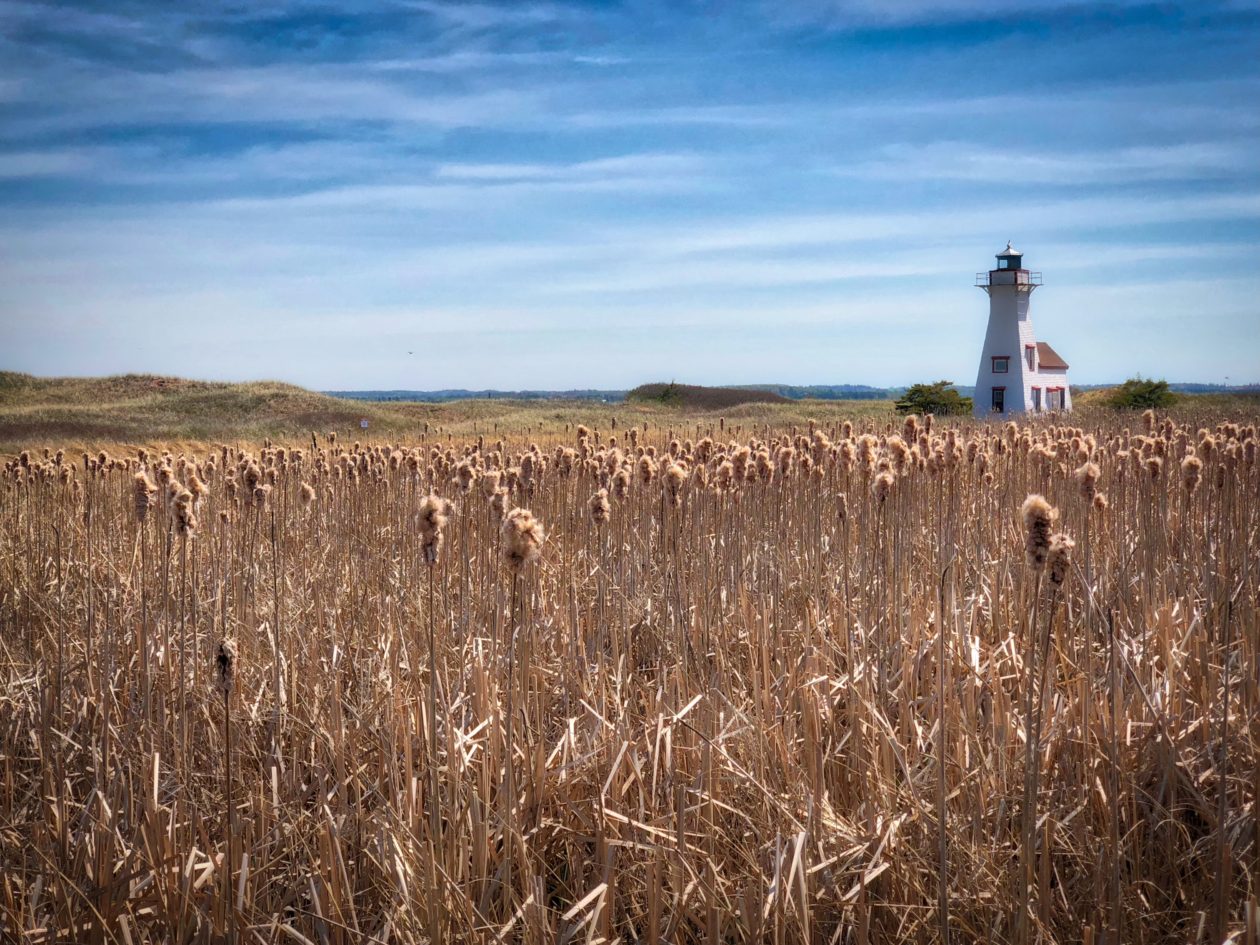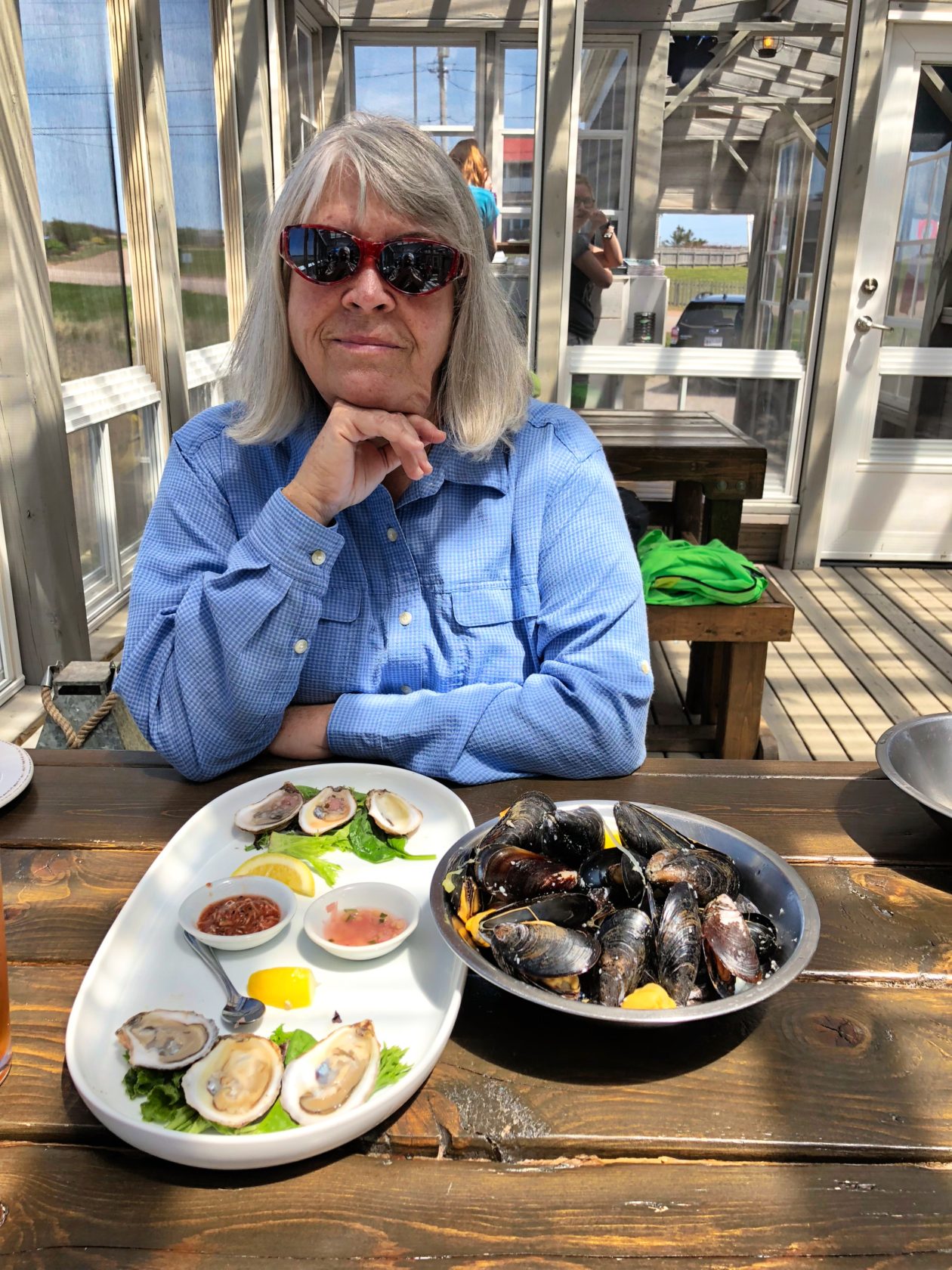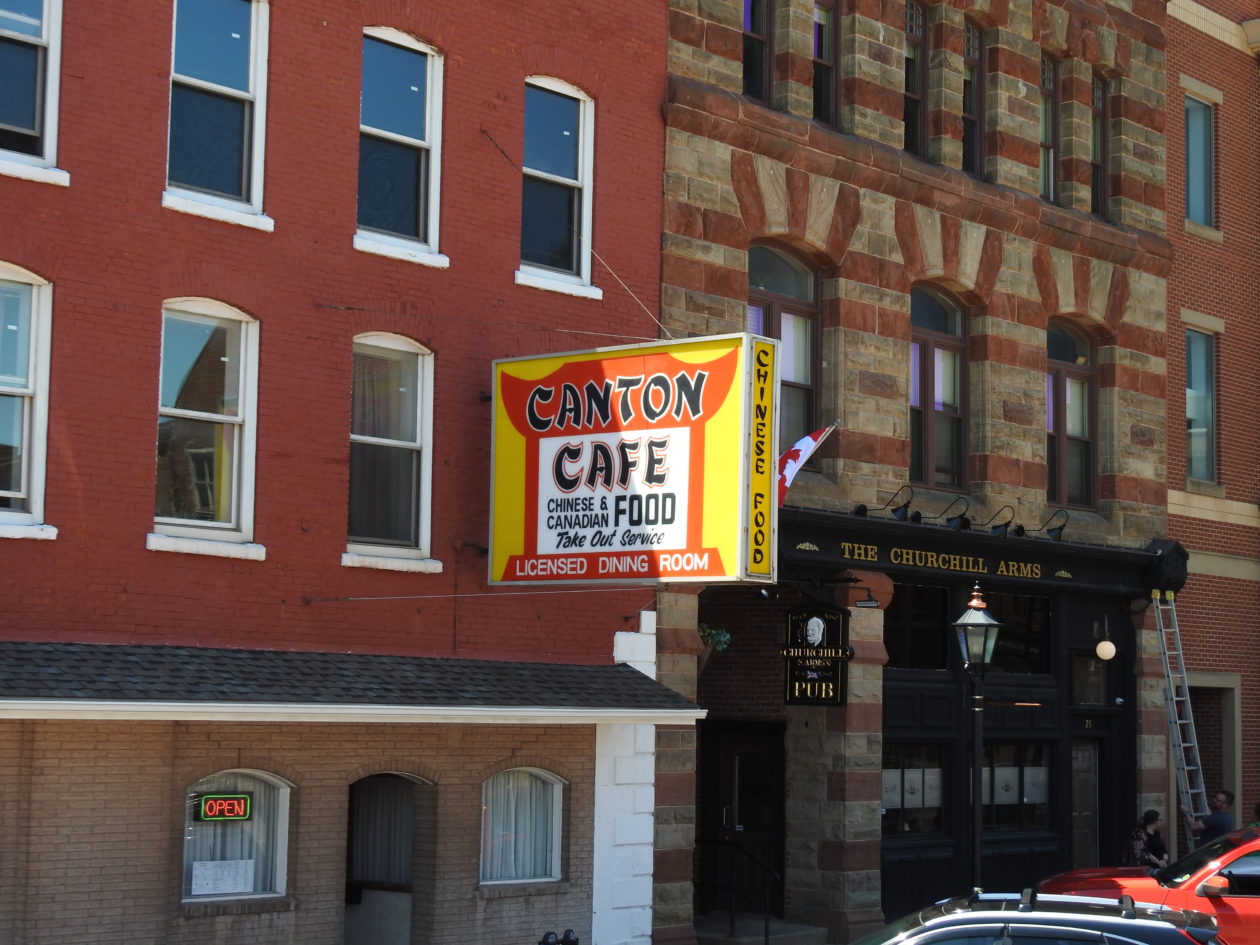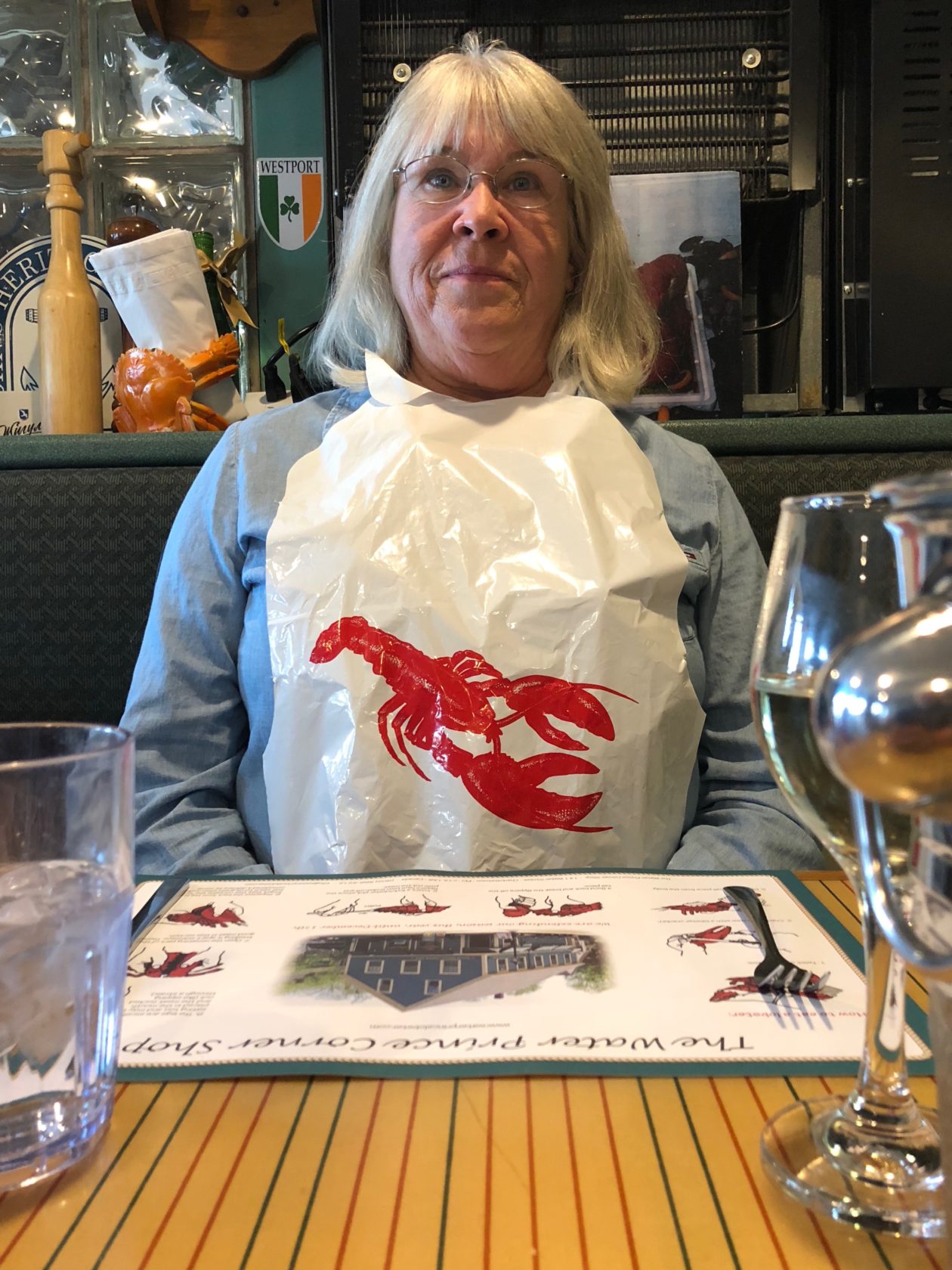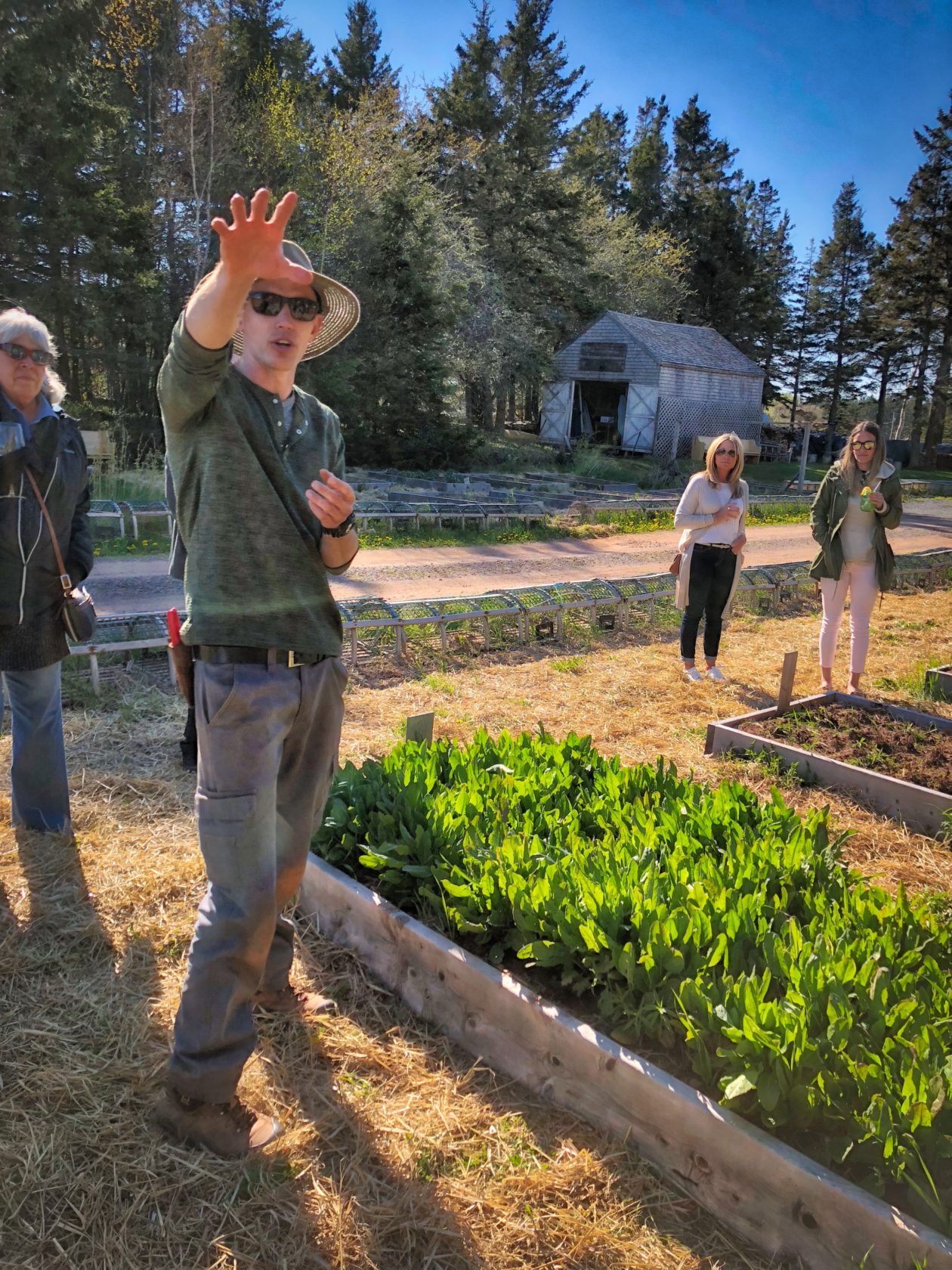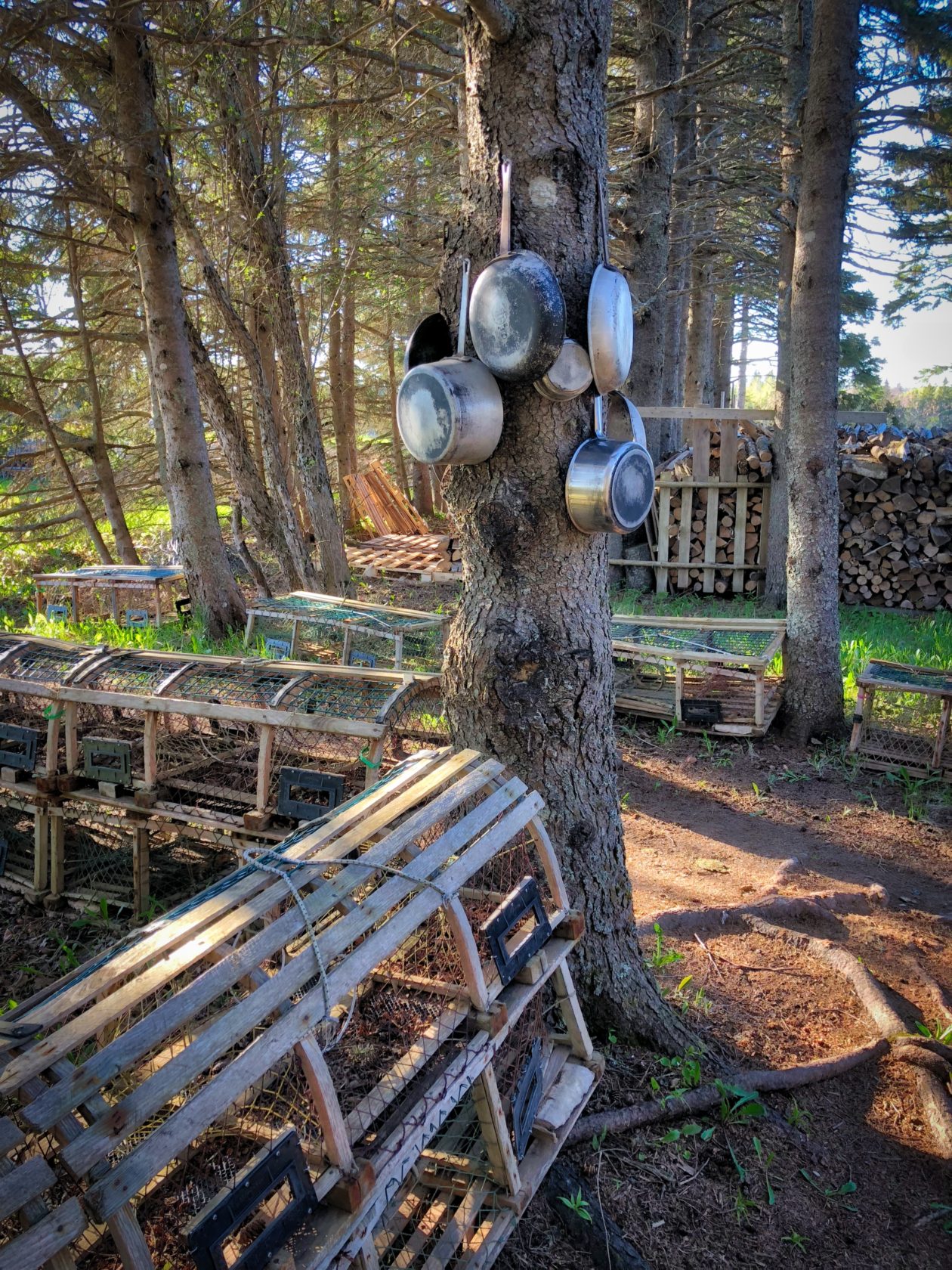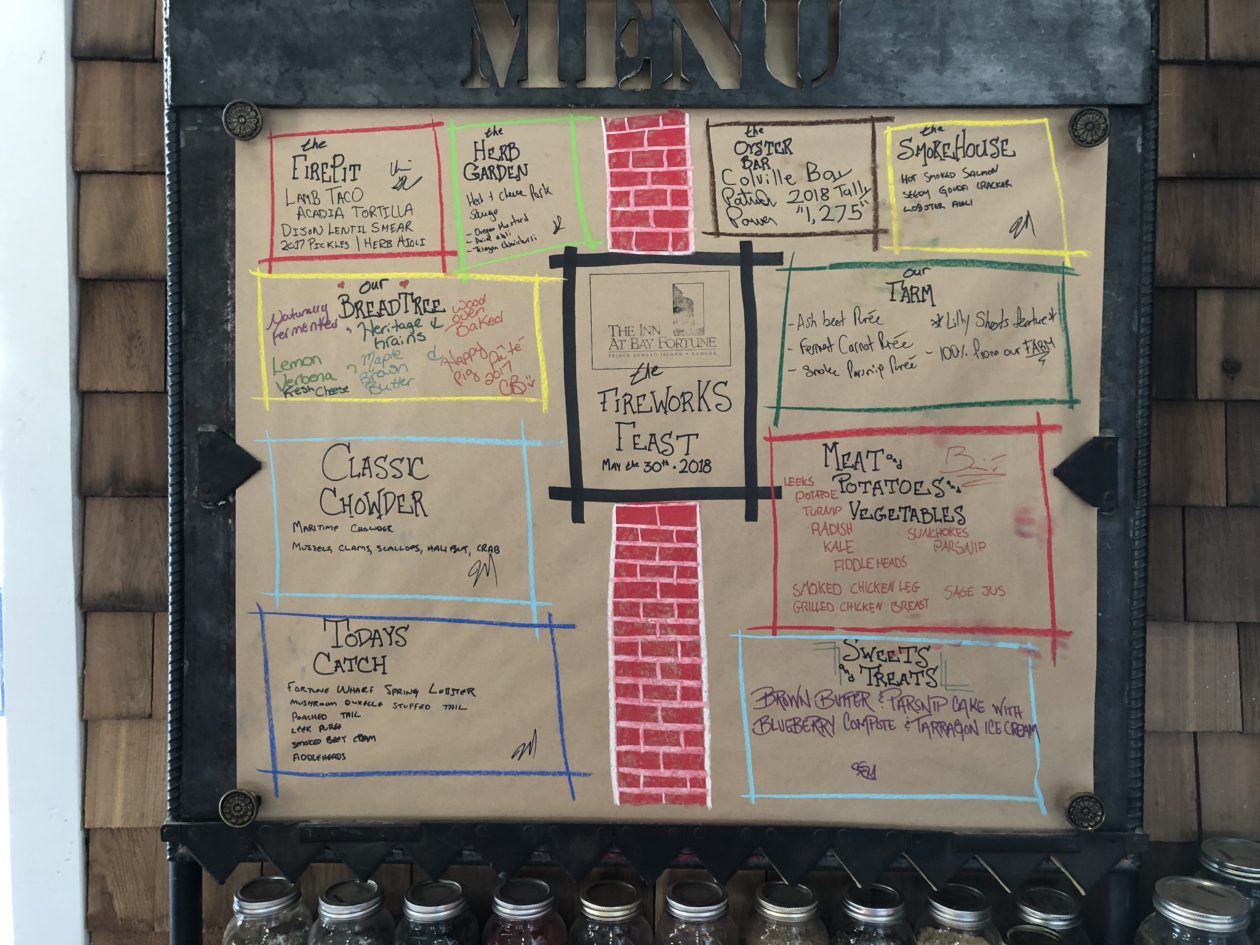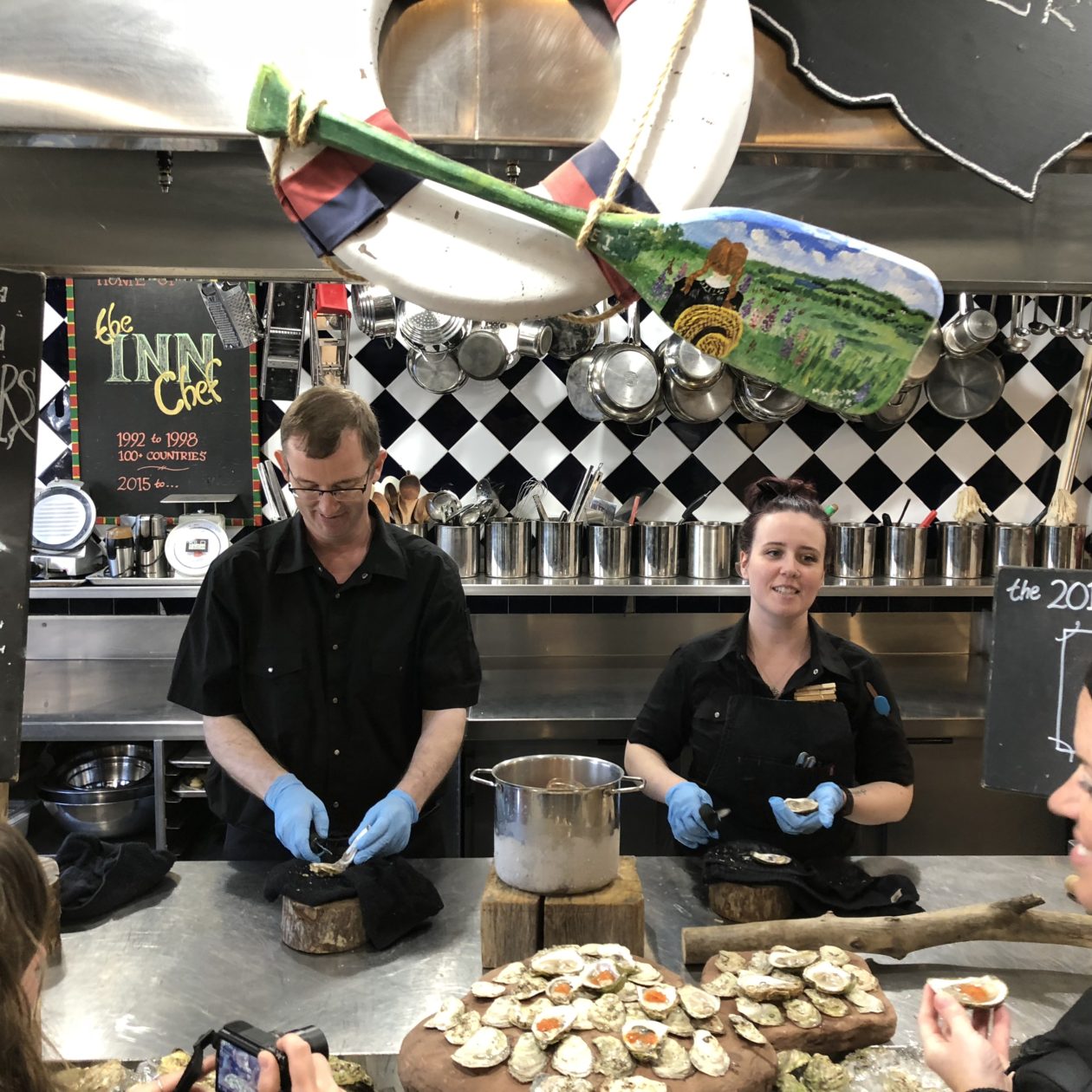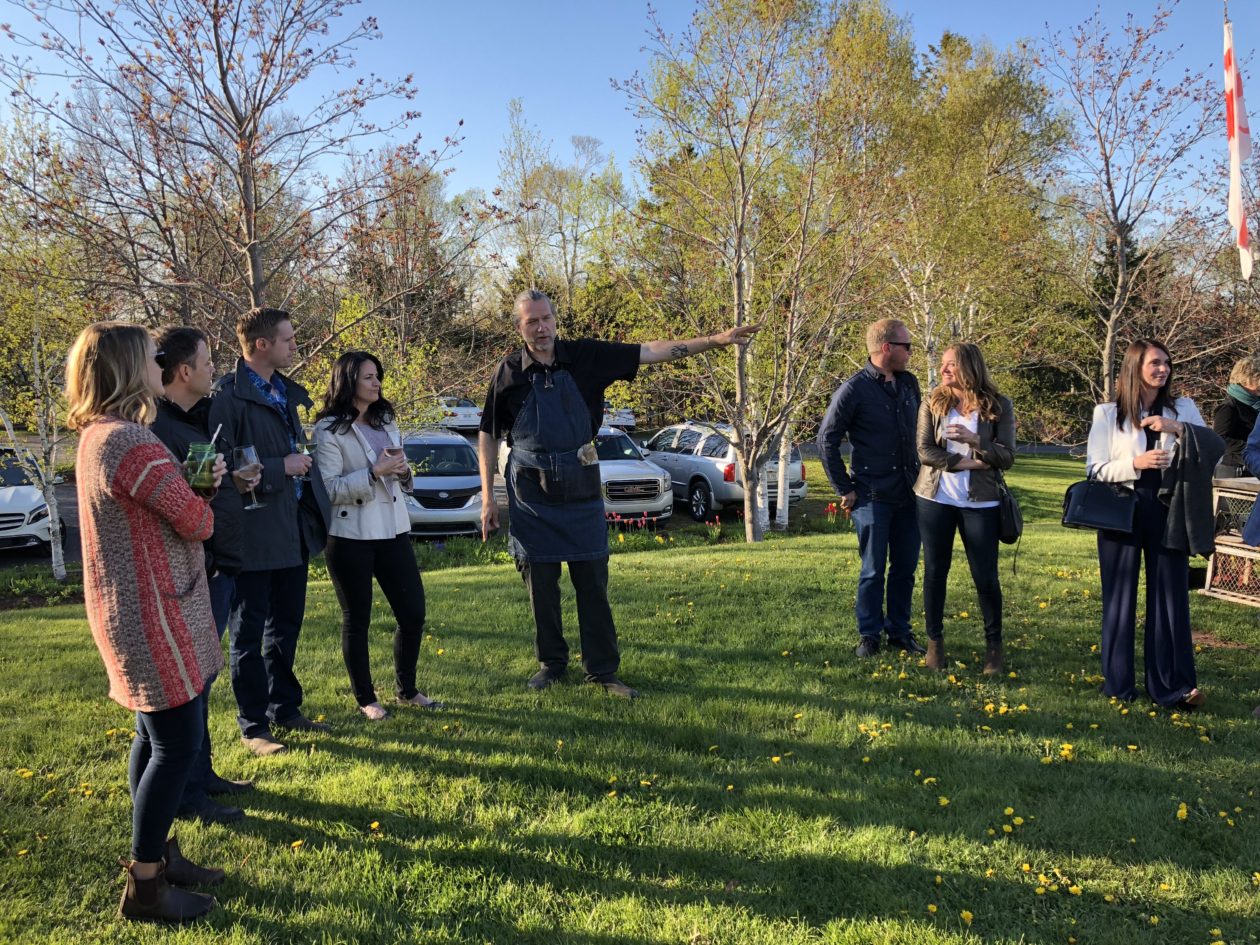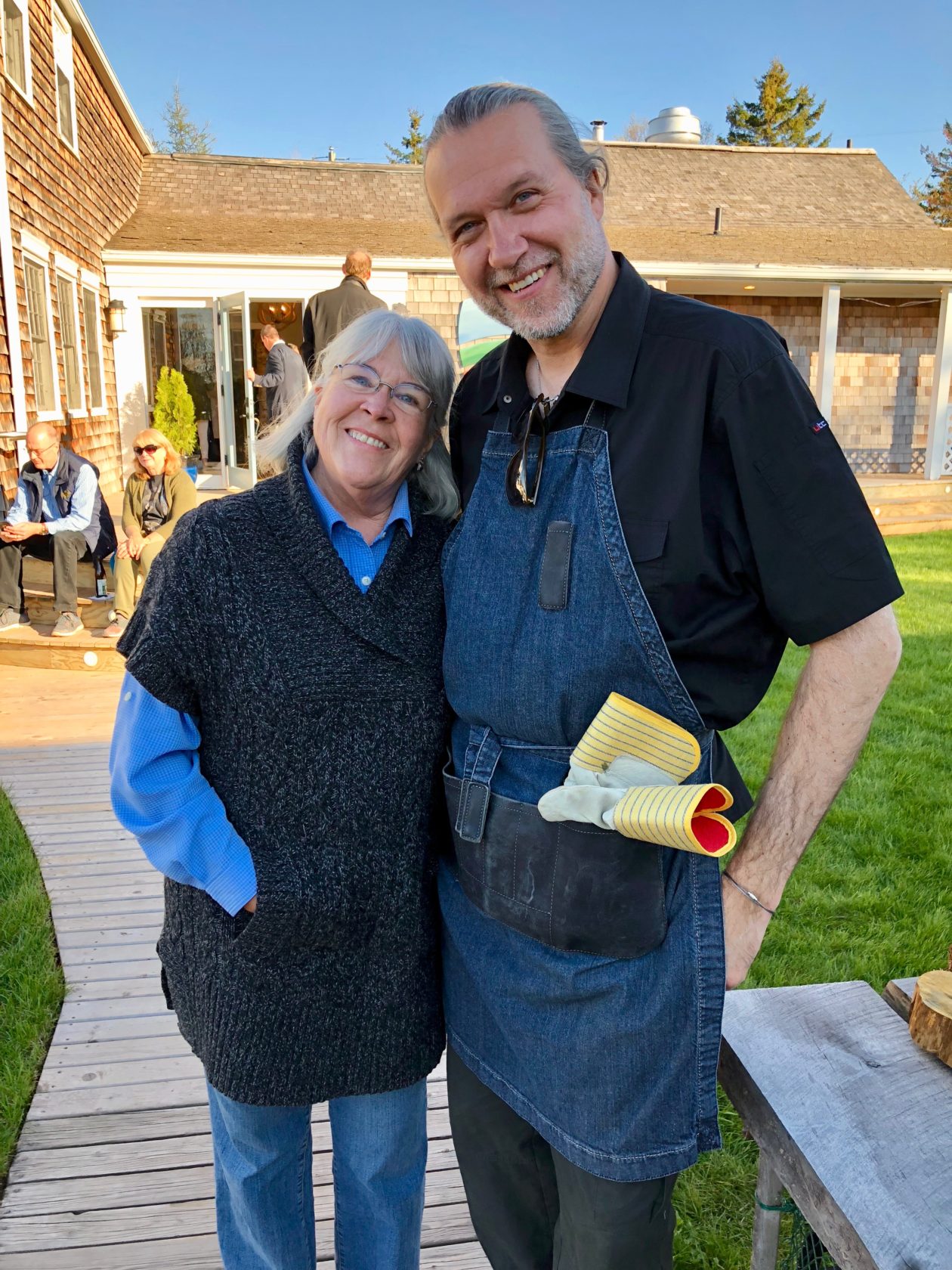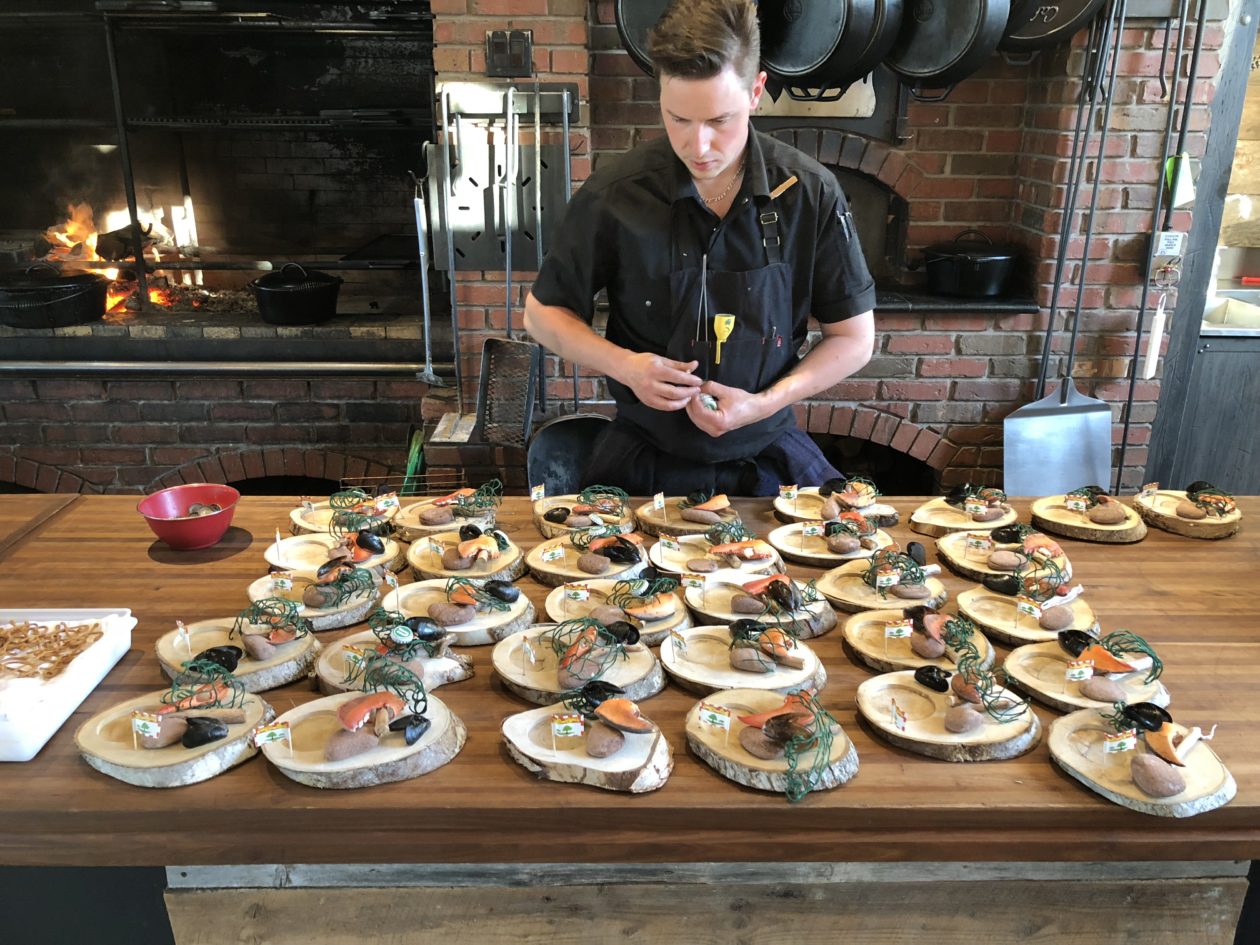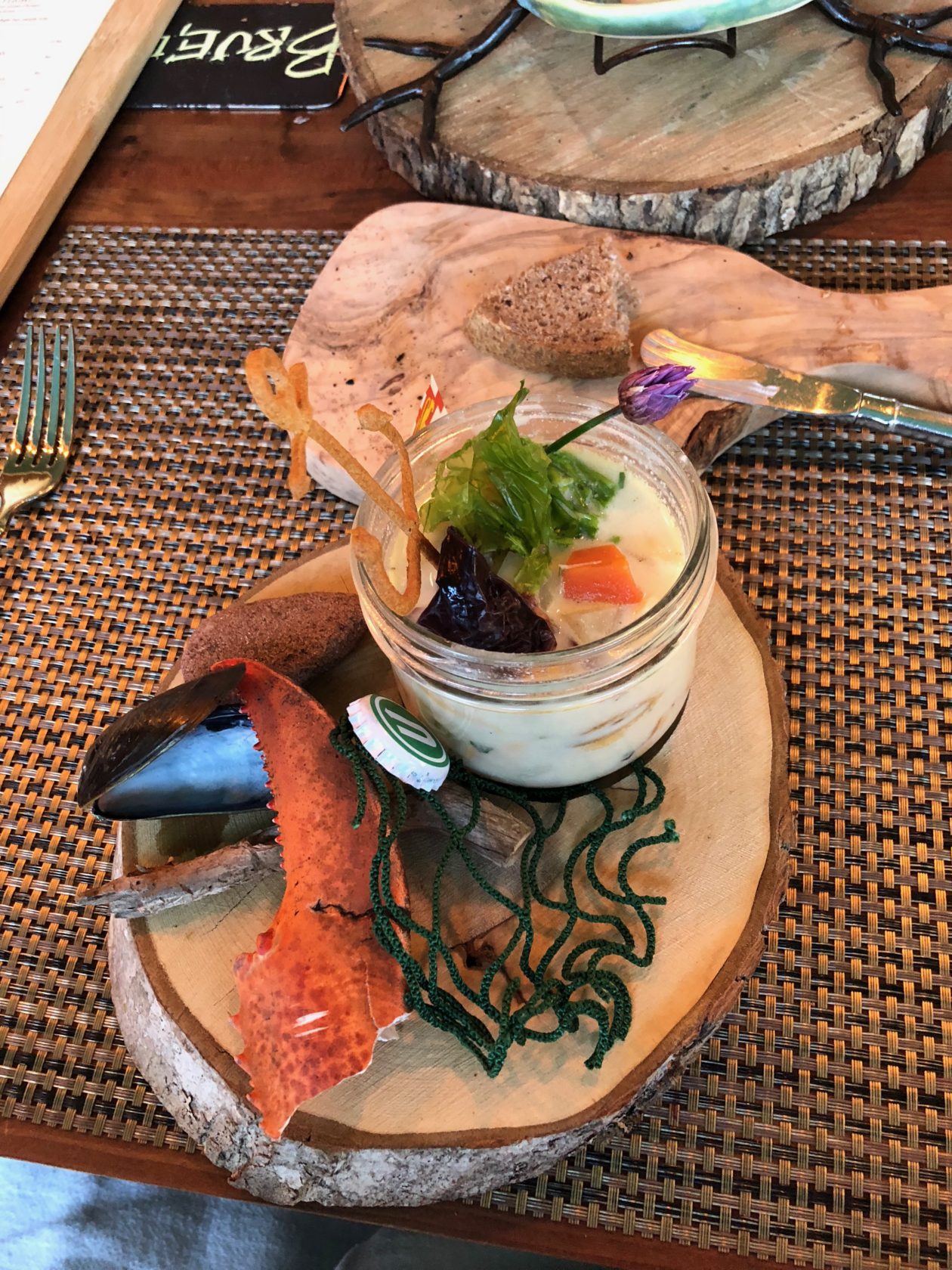Prince Edward Island (PEI) is always a place I wanted to visit. My parents took me as far as New Brunswick once, but we never crossed the ferry from there (now a bridge). I also recently heard that mu grandmother had her honeymoon there. This time we made sure to include it in our circular itinerary. In visiting PEI, we wanted to focus on three things — the natural beauty of the island, the lighthouses that dot the coastline, and it’s bountiful food. I will talk about each. One thing I will not talk about is “Anne of Green Gables.” I can’t blame PEI for cashing in on this fictional character and the certainly do across the myriad of products, stores, museums, farms, etc., but that’s not how we wanted to spend our time. One thing I have to mention before continuing is the ferry from Pictou and PEI. I wish the Washington State Ferry folks would look a what these guus are doing. Their ferries are more like ships, with the bows opening and all the cars and trucks climbing (and, for cars, descending) into the well deck. Operating in a more ship-like configuration allows the to plow through rougher seas without soaking the vehicles (or imploding their windshields). By the way, this is how you get to PEI from Nova Scotia; to get to New Brunswick, you cross the 8 mile Confederation Bridge (the world’s longest span “over ice-covered waters” (clever marketing!).
To discuss, the natural beauty of the island, you first need to understand a bit about it. It is around 139 miles long and sits in the Gulf of Saint Lawrence. Along the coast, there lots of reddish white sand beaches, mixing with sea grass- covered dunes and cliffs that guard the many bays, coves, and harbors that are around the island. The center of the island is made up of rolling hills, alternating between forest and farmland. A couple of things were immediately noticeable to us. First, the soil is very red (lots of iron oxide) and while I’m used to seeing red clay inland, it felt a bit strange to see it in the cliffs (along with a lot of sandstone) along the coast. It reminded us a bit of some of the beaches in Western Australia. The second thing was the dandelions—they are everywhere, often in fields as far as you can see. The locals make no effort to get rid of them. In fact, the are apparently good for the bees that become important for their agricultural business.
We stayed in Charlottetown which is more or less centrally located on the south shore of the island. Charlottetown itself is quite picturesque and we spent a day exploring the city. It presents a good mix of traditional British Colonial and more Contemporary — in its architecture, it’s entertainment, and its outlook. But we spent a lot of time driving out in the countryside, enjoying all the villages along the way in addition to the natural beauty.
Of course, dotted along the coastline are over 50 lighthouses. Only a few are still in operation, but they are beautiful reminders of the island’s history. I guess it’s no surprise that there are so many lighthouses. For the early settlers, the sea provided the primary mode of transport and was the backbone of their trade and commerce. The lighthouses come in all shapes and sizes, but a lot of the early ones were actually octagonal in shape and made of lumber.
Food has always been central to PEI’s economy. While the smallest province in Canada, PEI produces around 25% of all the potatoes eaten in Canada (and pretty much every meal we had there included them!). But they are also known for their fishing/shellfishing. Who hasn’t heard of PEI mussels (so tender and sweet!) and both their lobster and oyster industries are doing quite well too. As we drove around PEI, we generally had lunch where we could taste the local bay’s oysters and mussels. How’s that for fresh and local?! But the most amazing dining (and perhaps general) experience of our time there was the Fireworks Feast at the Inn at Bay Fortune (http://innatbayfortune.com/dining/). If you ever visit PEI, you really should experience this (although if you plan to go during the high season, make sure to book at least 6 months in advance!). This is a 5-6 hour tour de force, starting with a tour of the farm, an oyster (and other goodies) hour and then the main event. The chef, Michael Smith, is rapidly developing an international reputation for not only his food, but also his philosophy in what he prepares (and how he prepares it). Unlike most restaurants where the chefs create their menus and then go searching for the ingredients, here the farm (and lead farmer, Kevin) help to drive the menu — and not simply by what is in season at the time. Kevin used the example of radishes — there are 4 mini-seasons associated with the radish (the shoots, the radish, the post-radish flower, and the seed pod), each of which gets incorporated into the dishes. It’s always a question of what can we do with this. The chefs that come from all over North America to apprentice there also get their hands dirty — they have to help plant, weed, etc. and they also have to chop the wood for the fires that all the food is prepared on. Michael noted that after the chefs starting chopping wood, the rate of wood usage went down dramatically! Anyway, if you are a “foodie,” this really is a must!
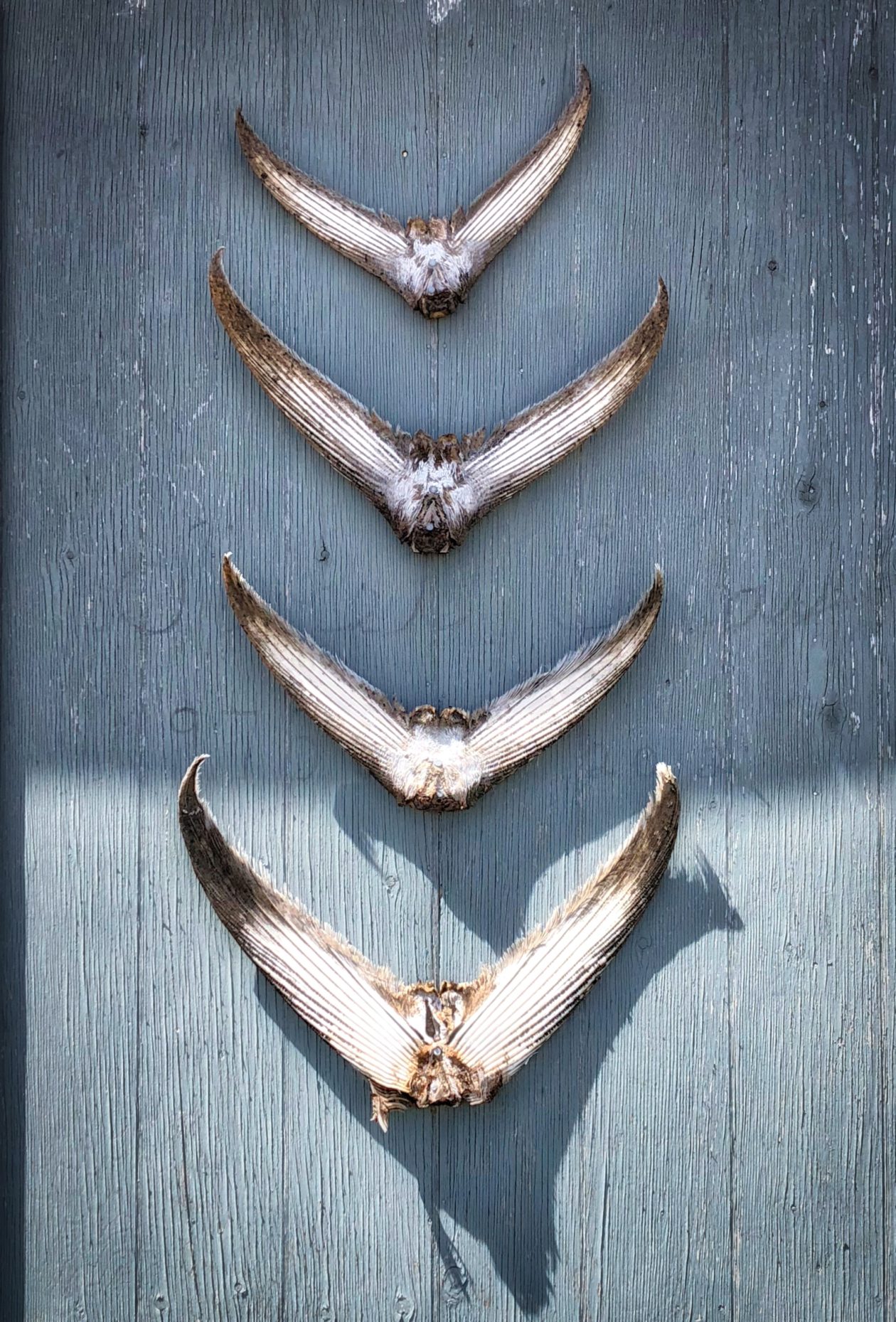
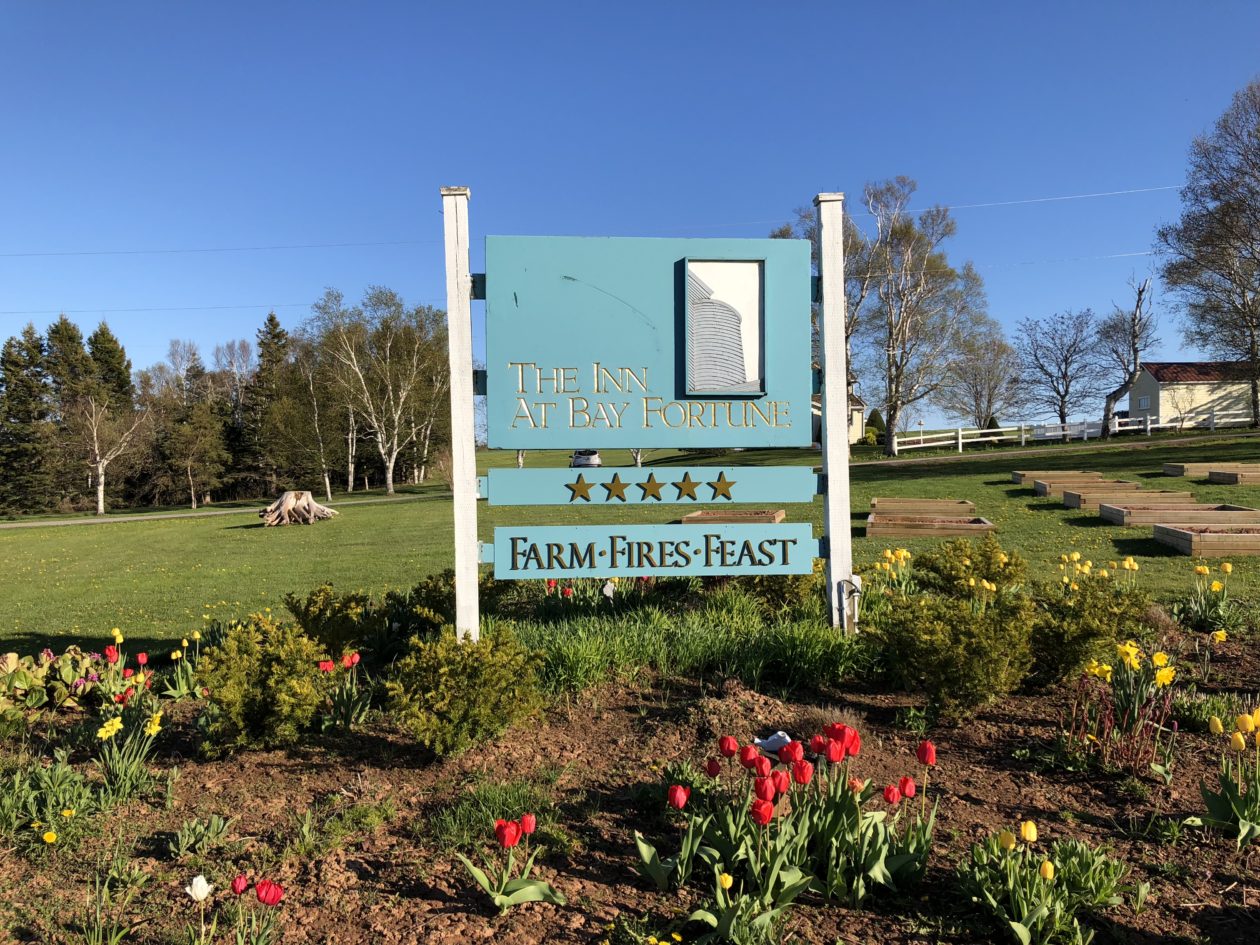
Anyway, our time on PEI was thoroughly enjoyable and, once again, coming off season gave us the place to ourselves. We are now on to New Brunswick and the Bay of Fundy.
This entry was posted in Canada, Prince Edward Island, Travel